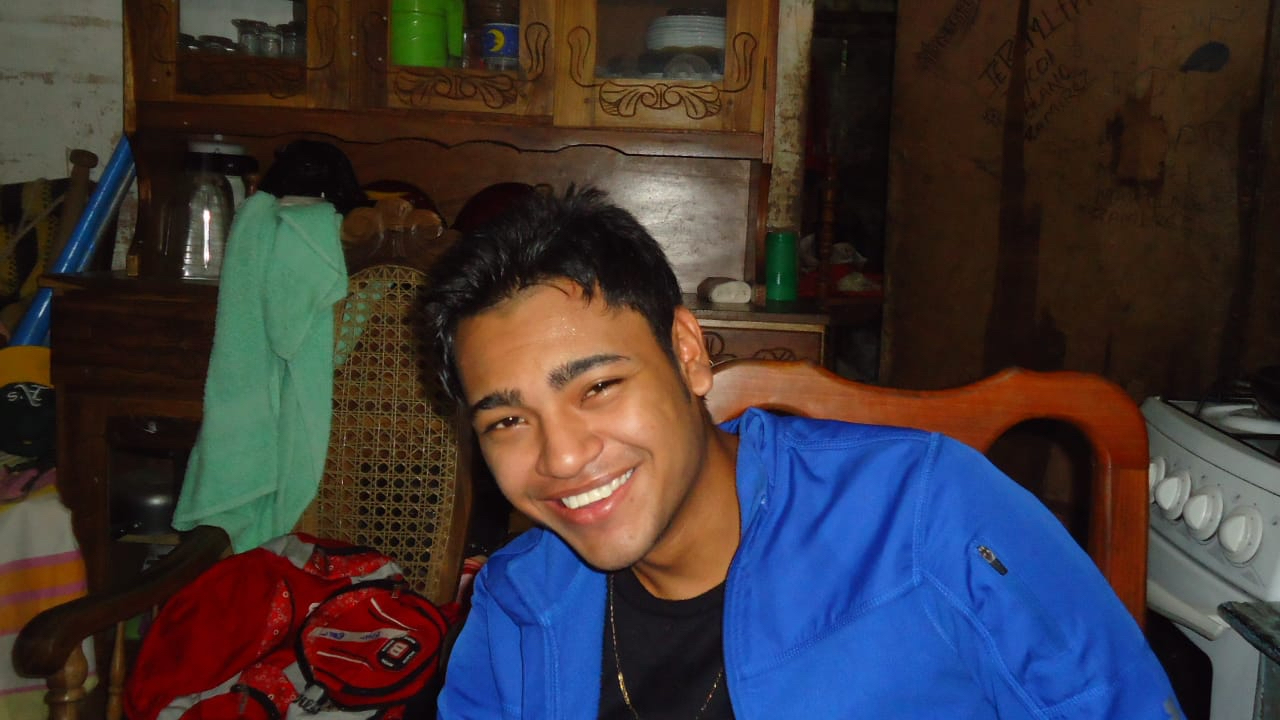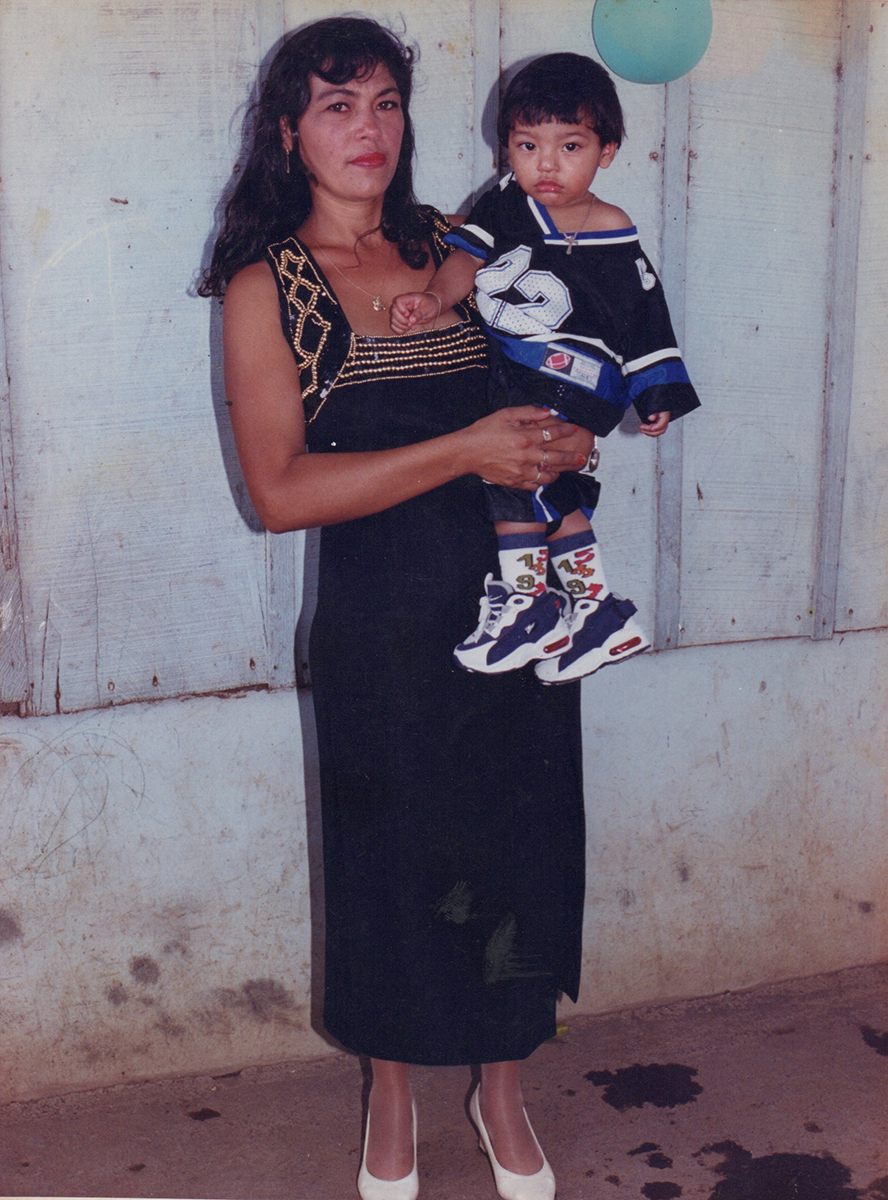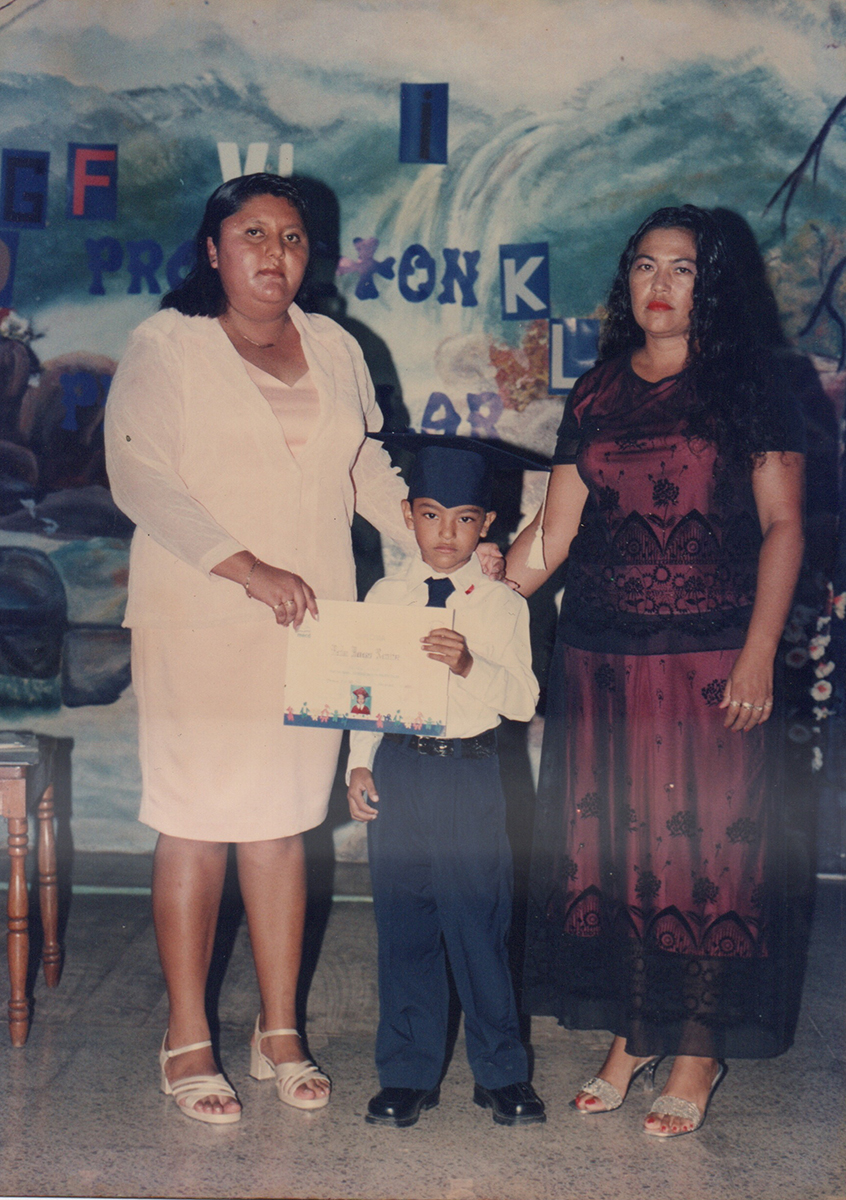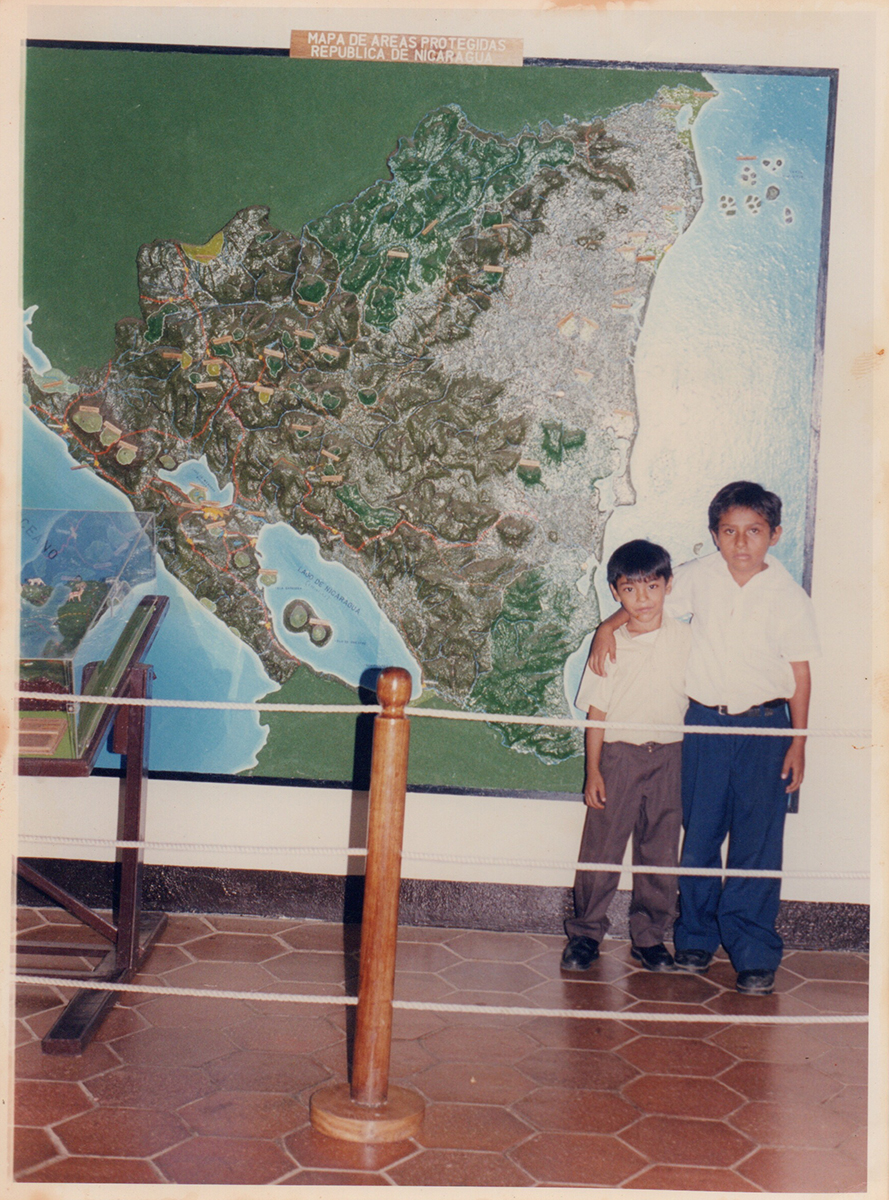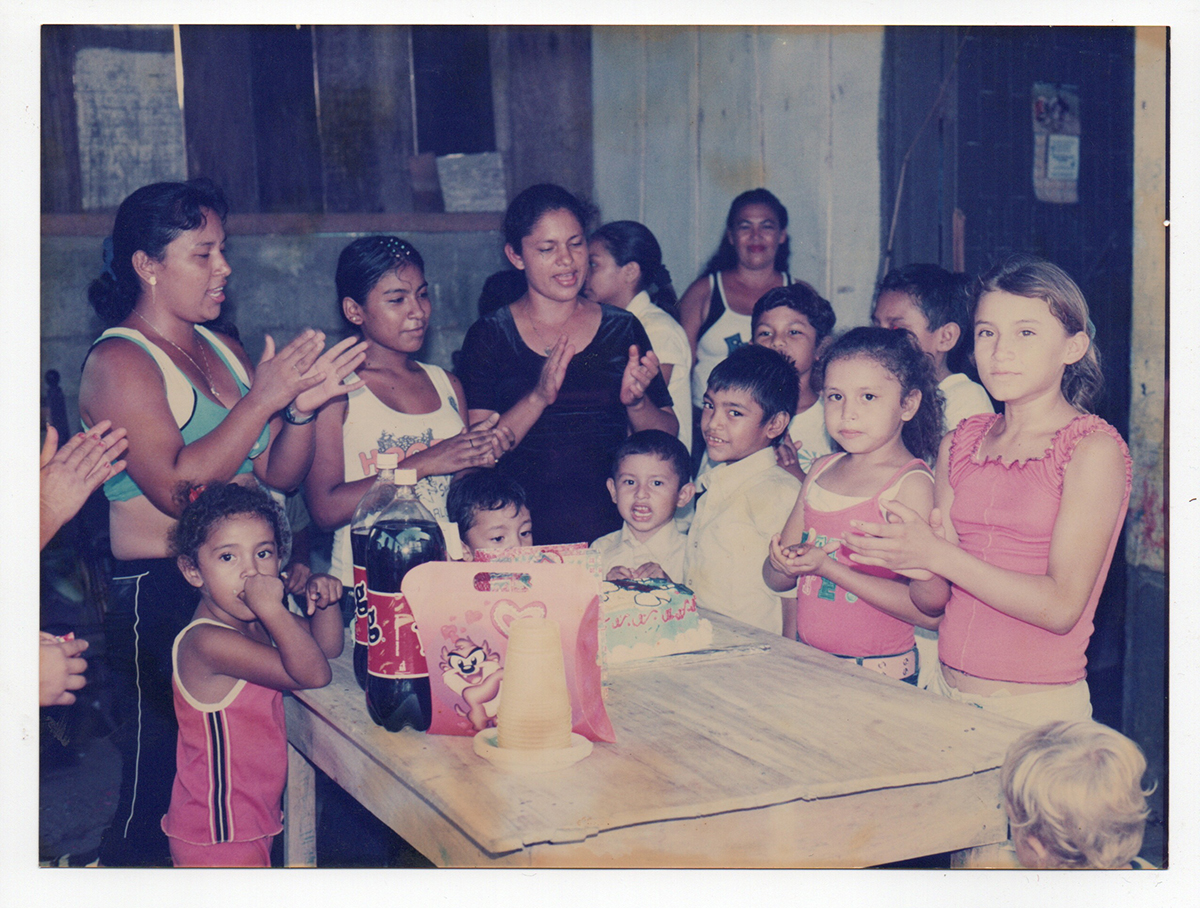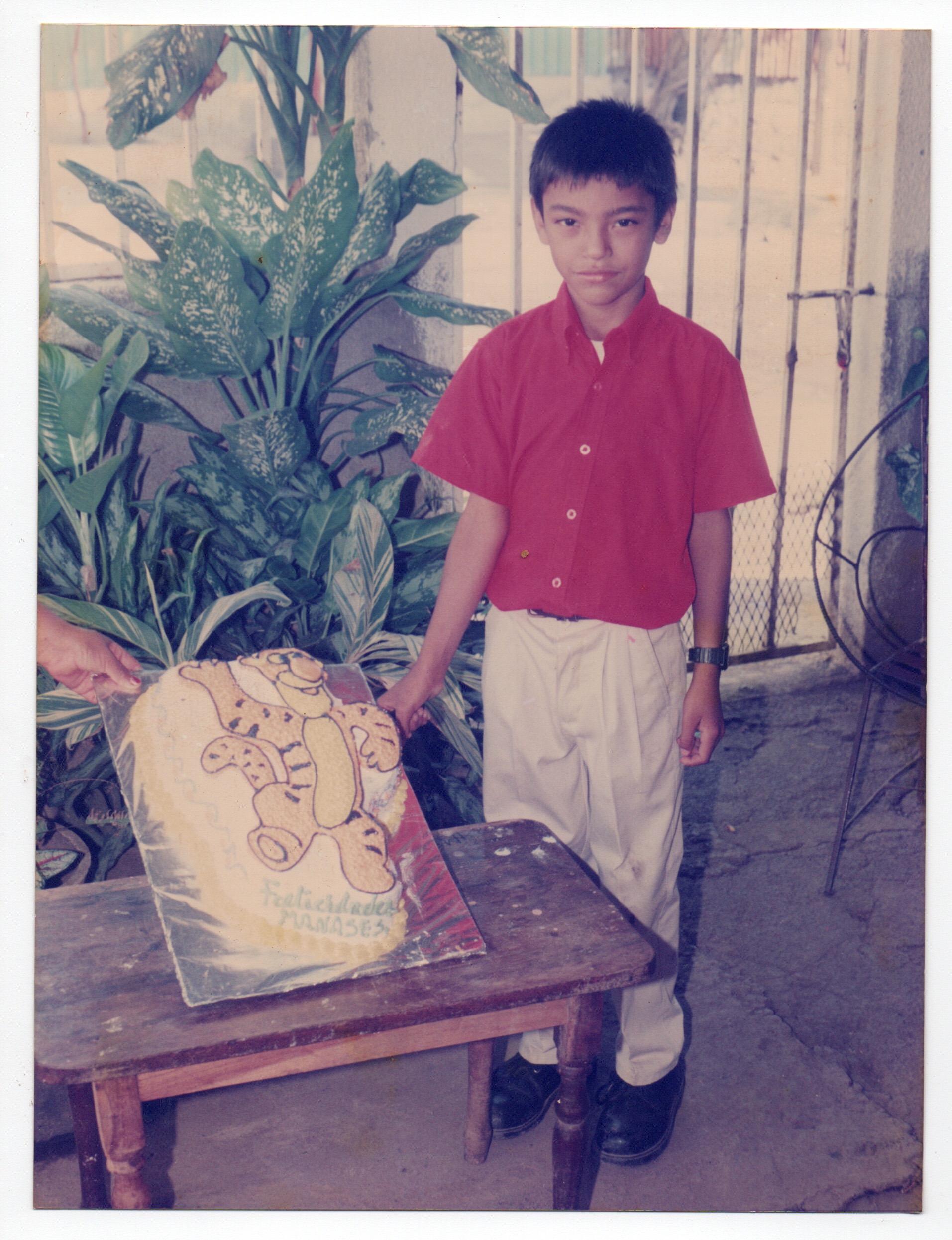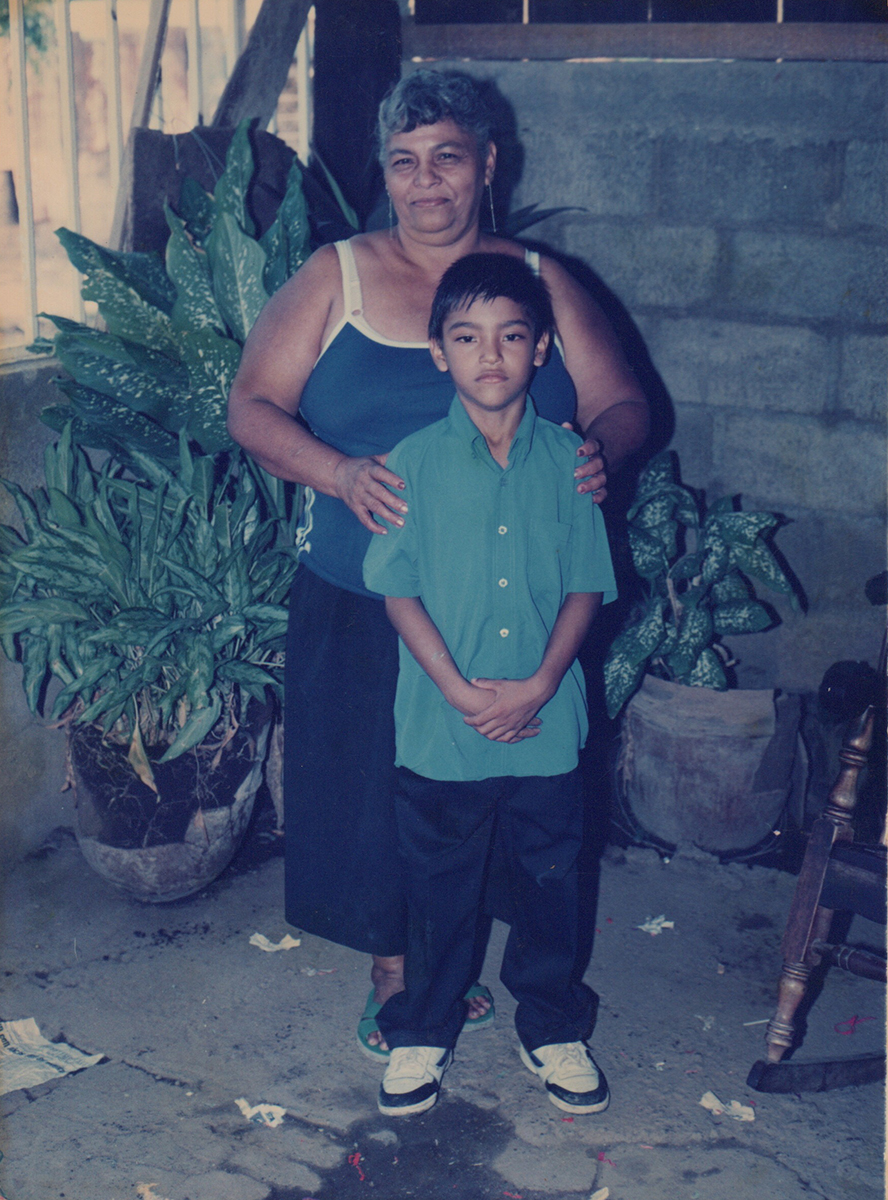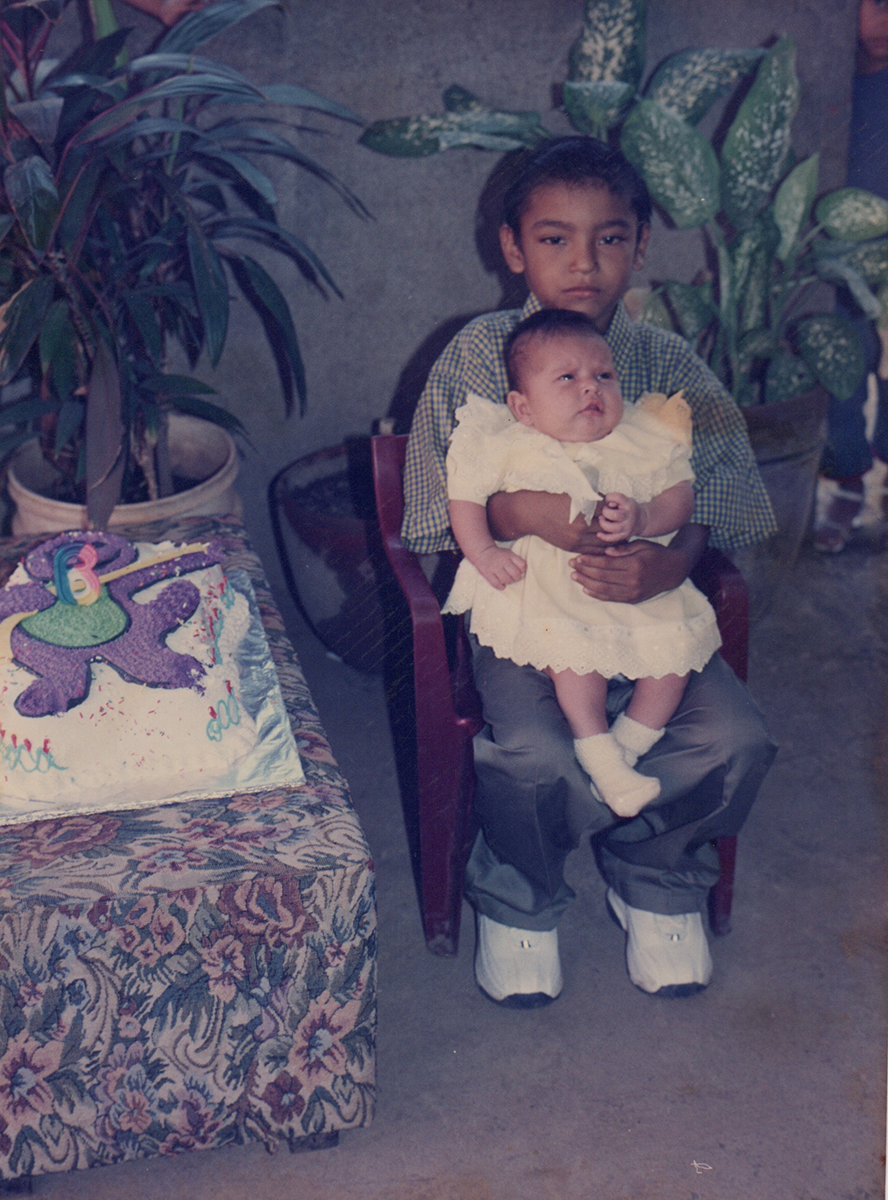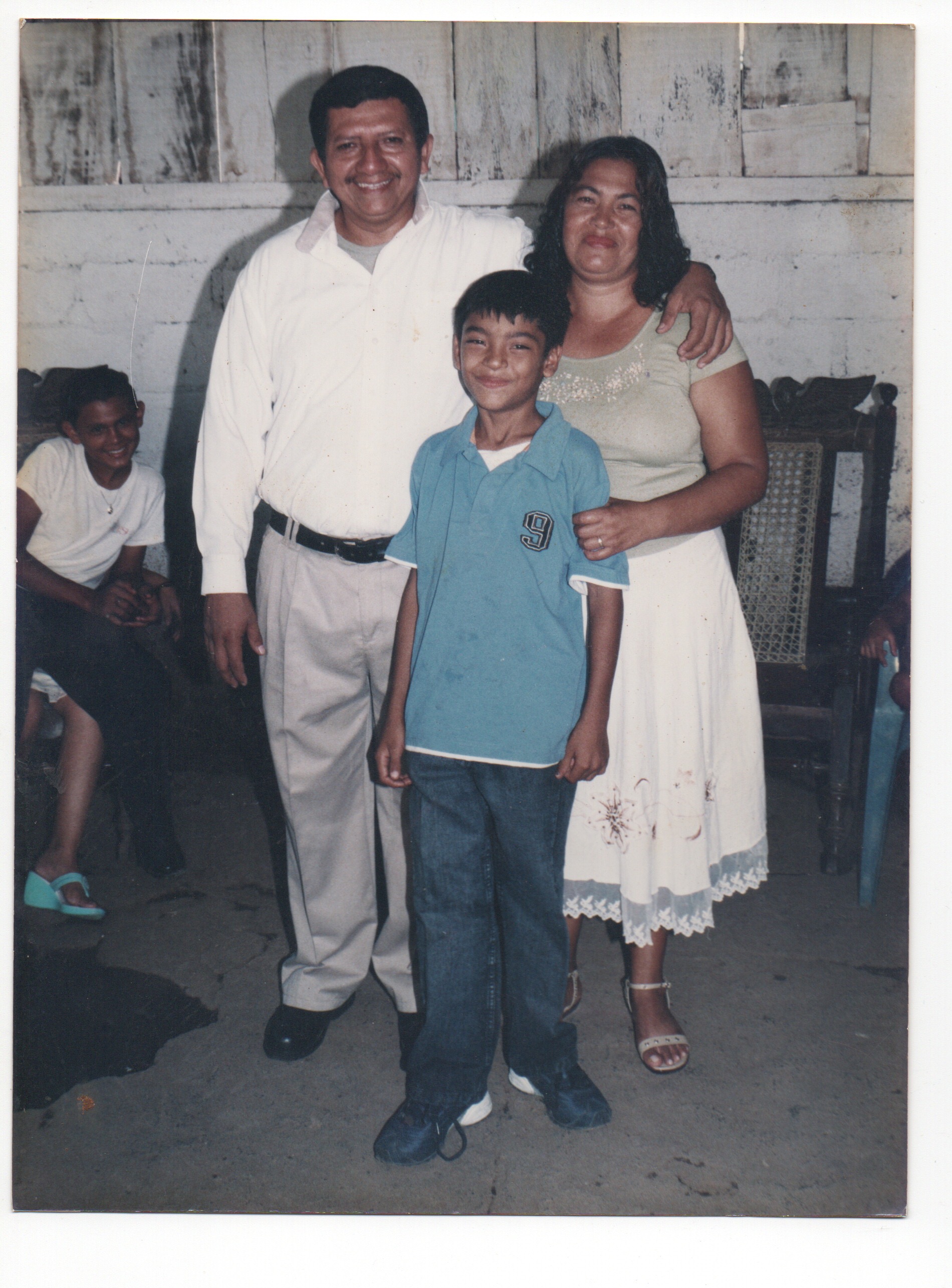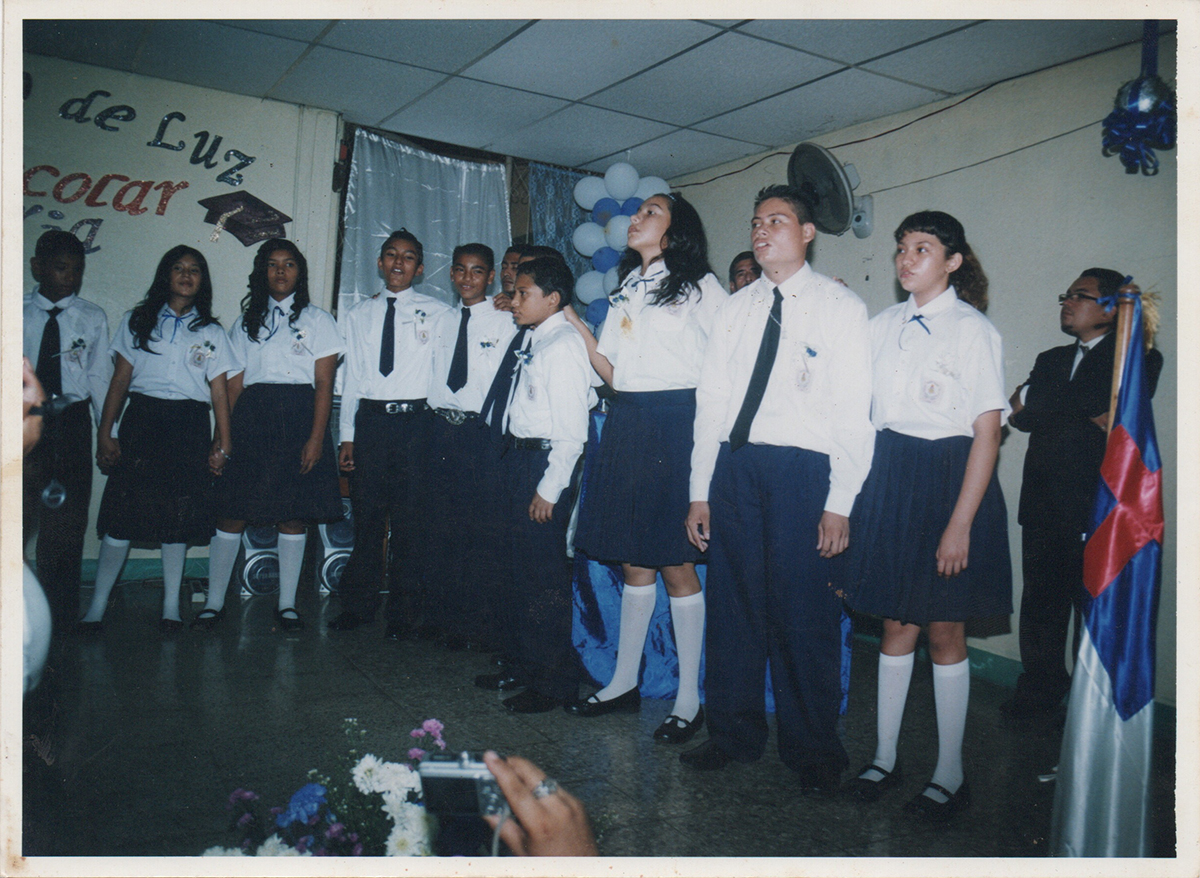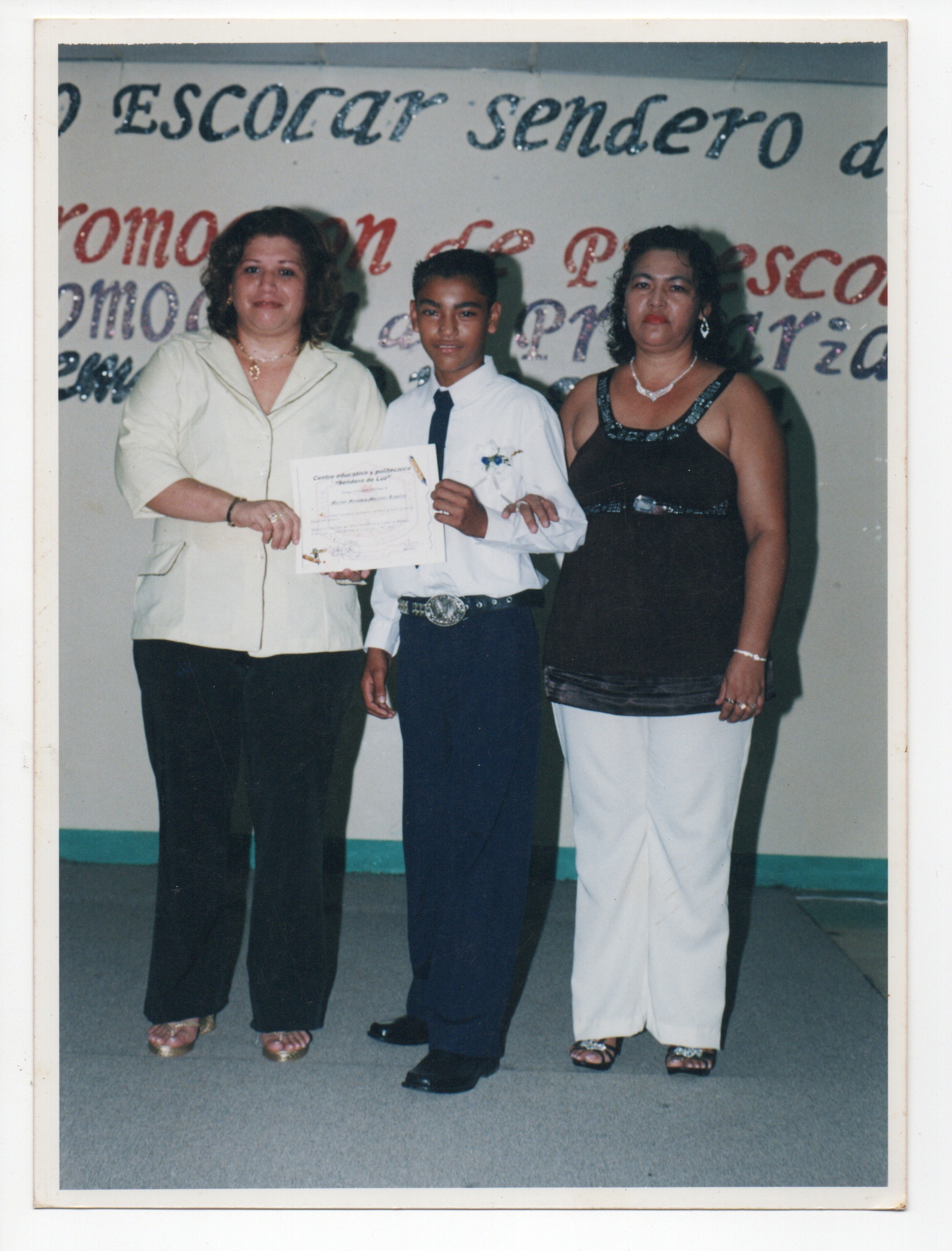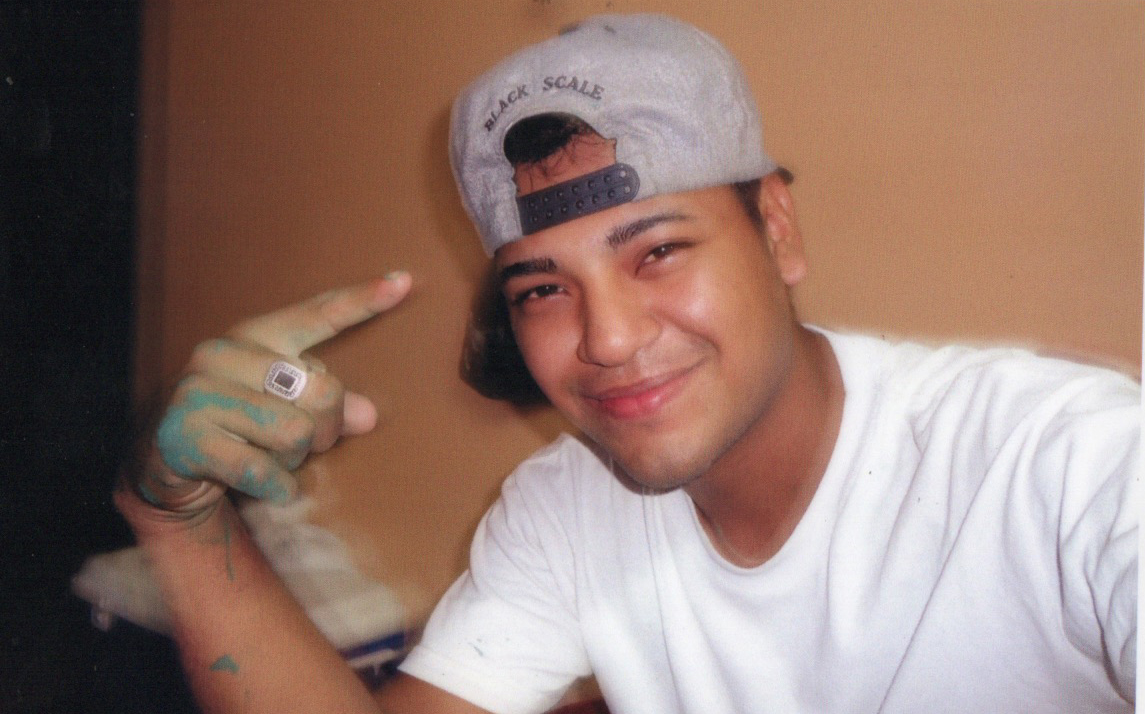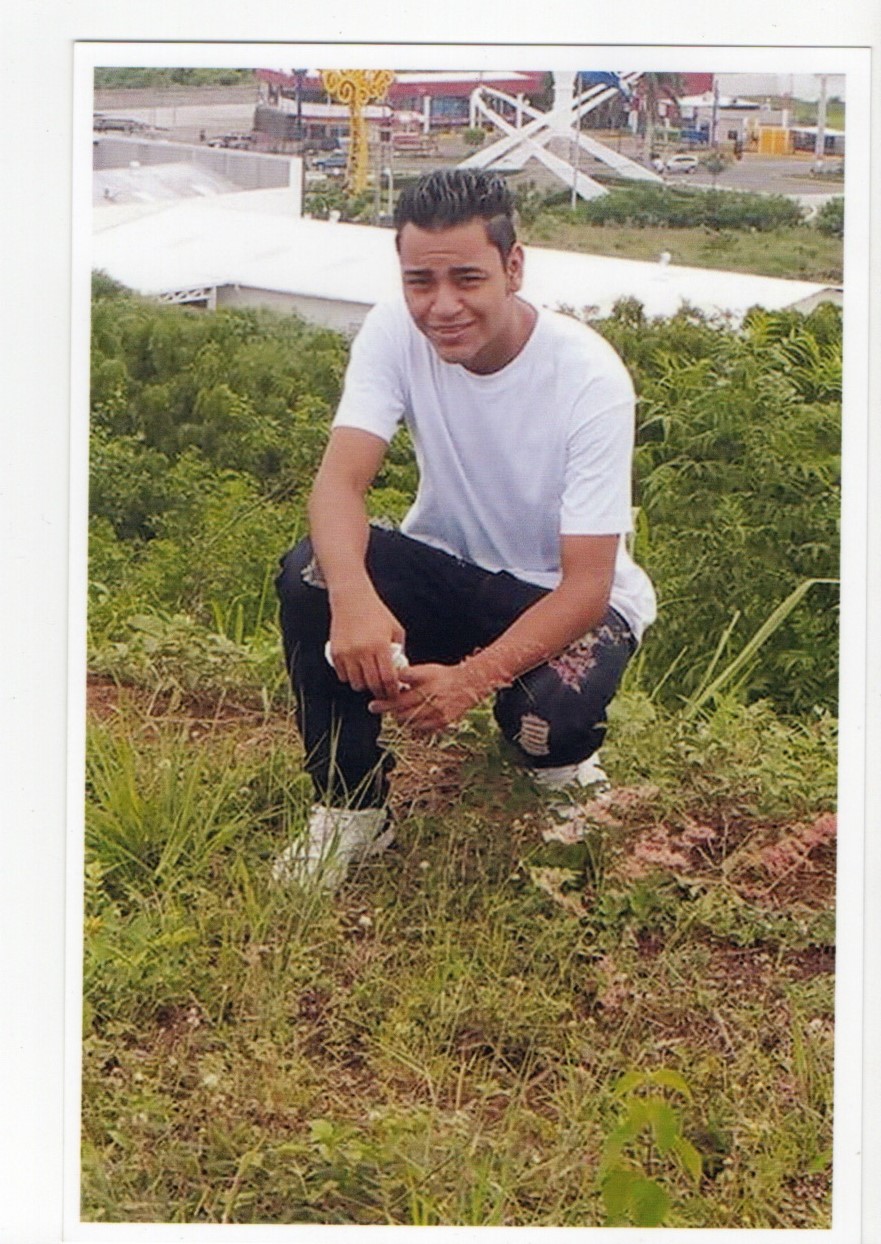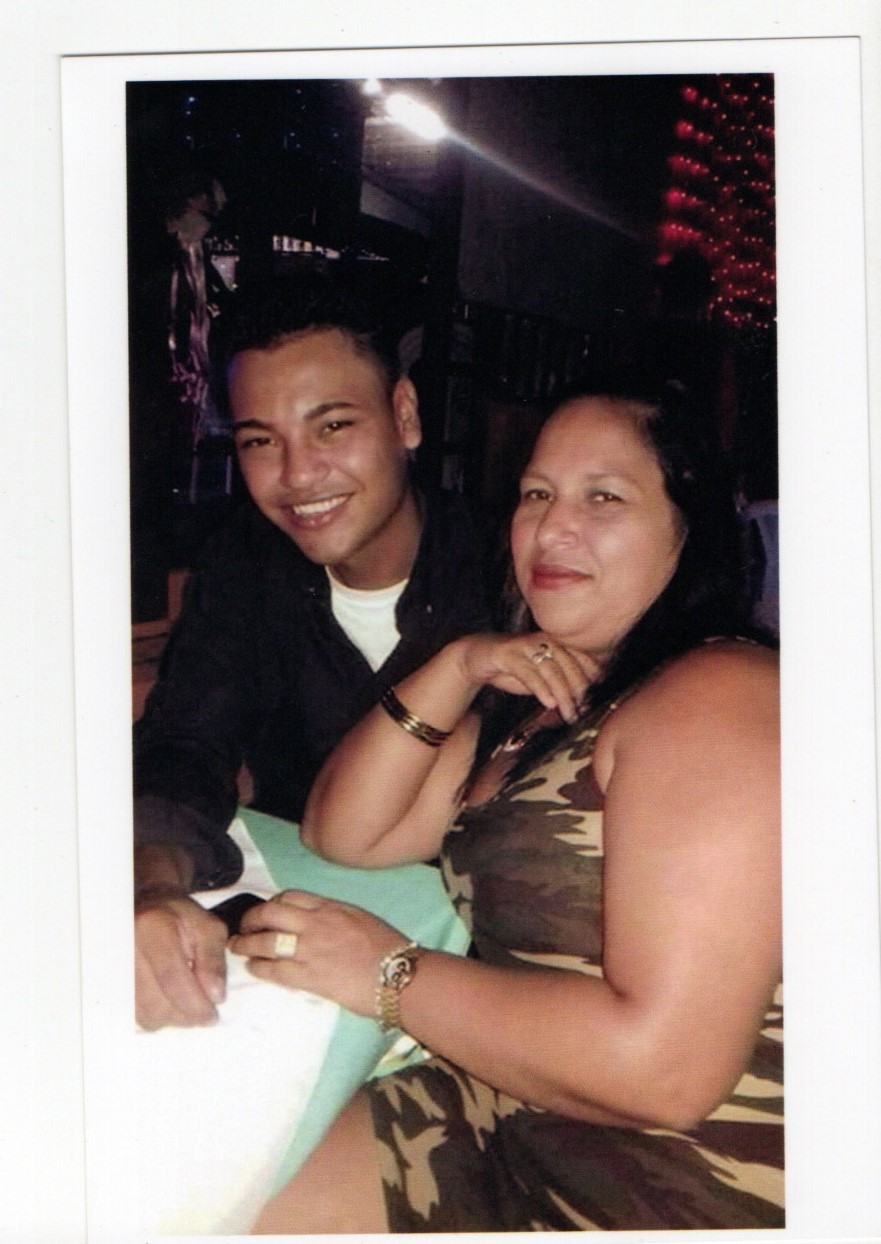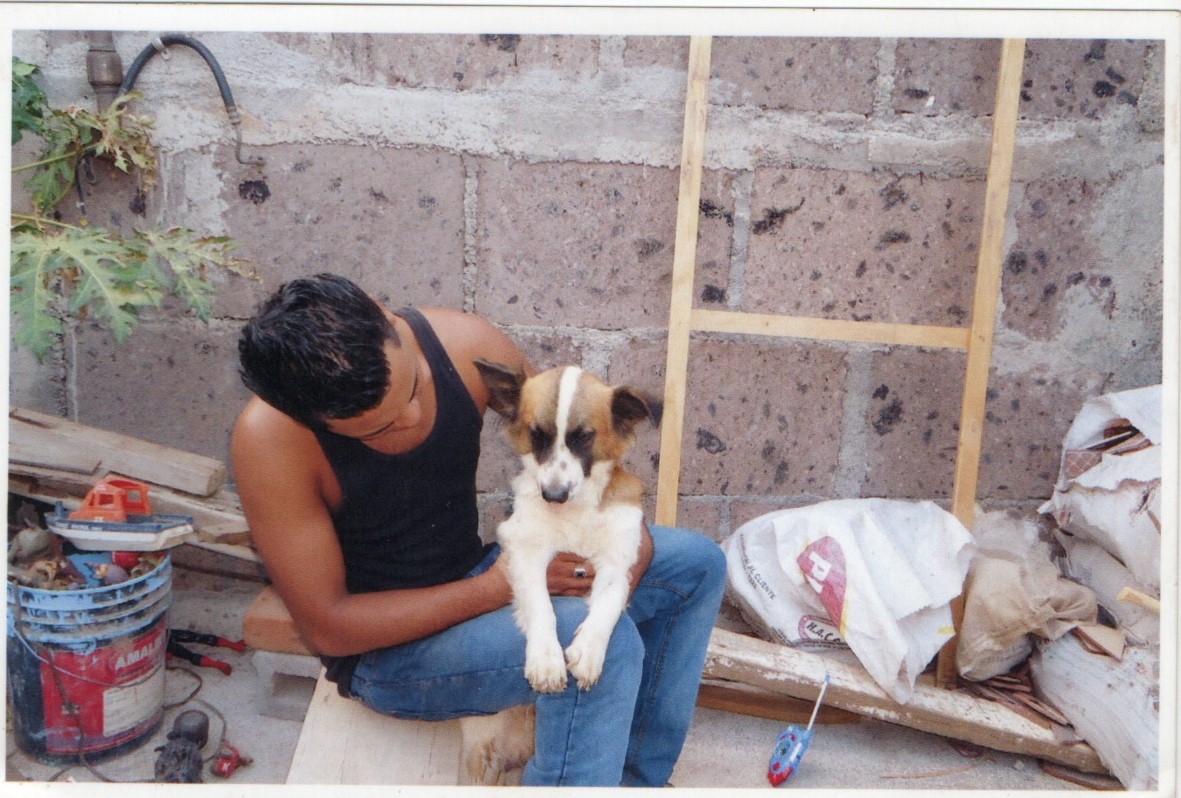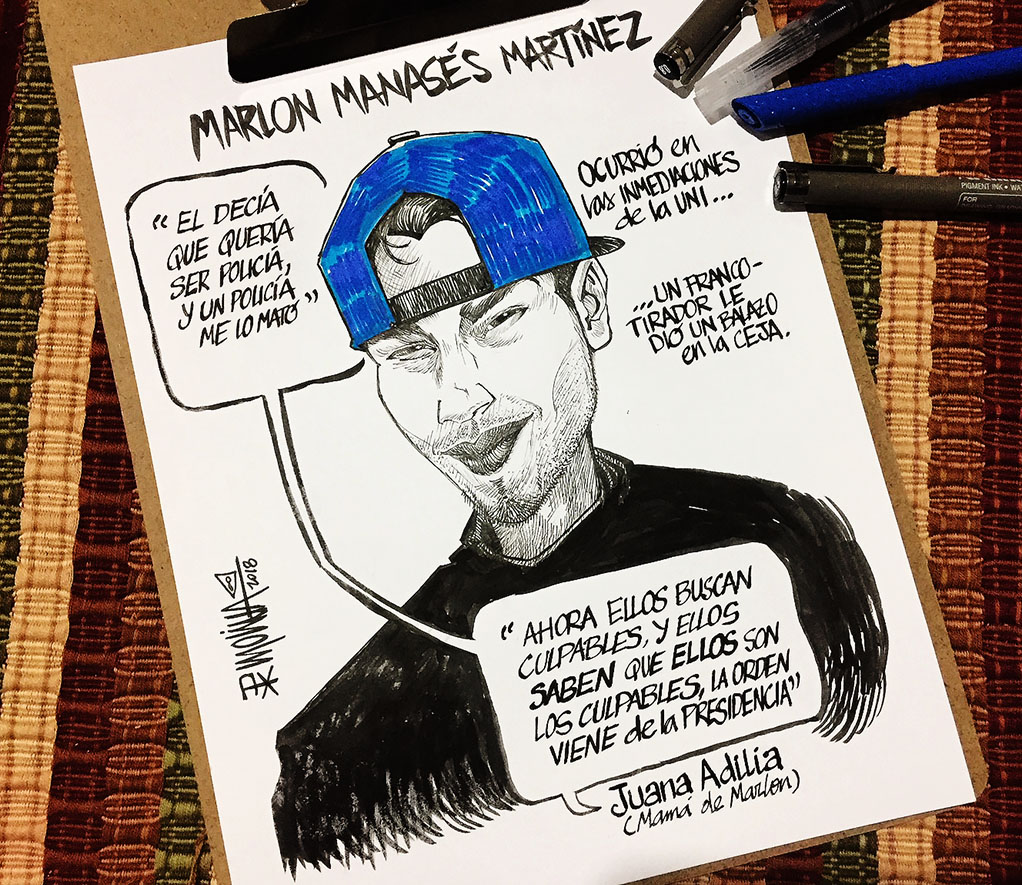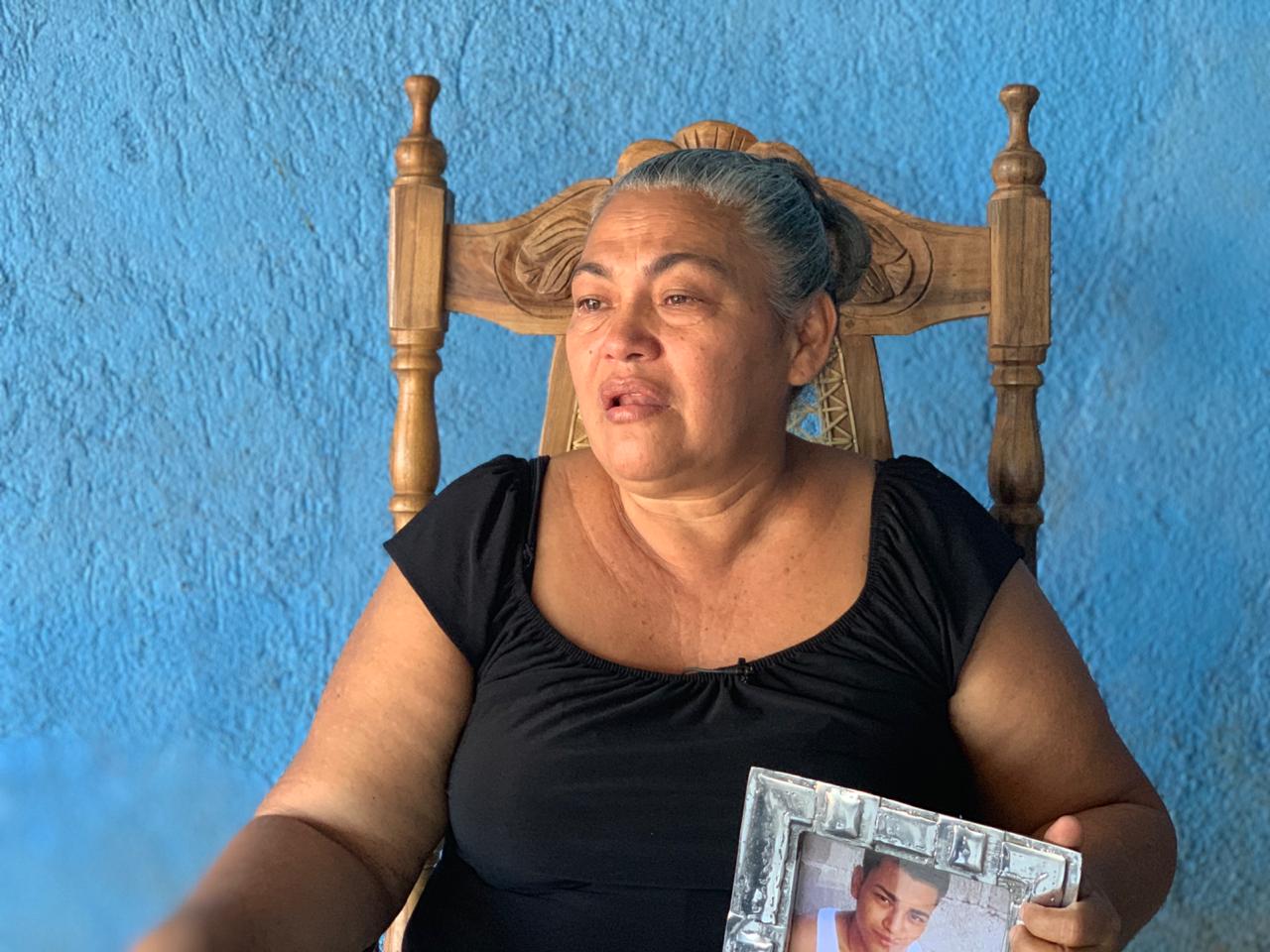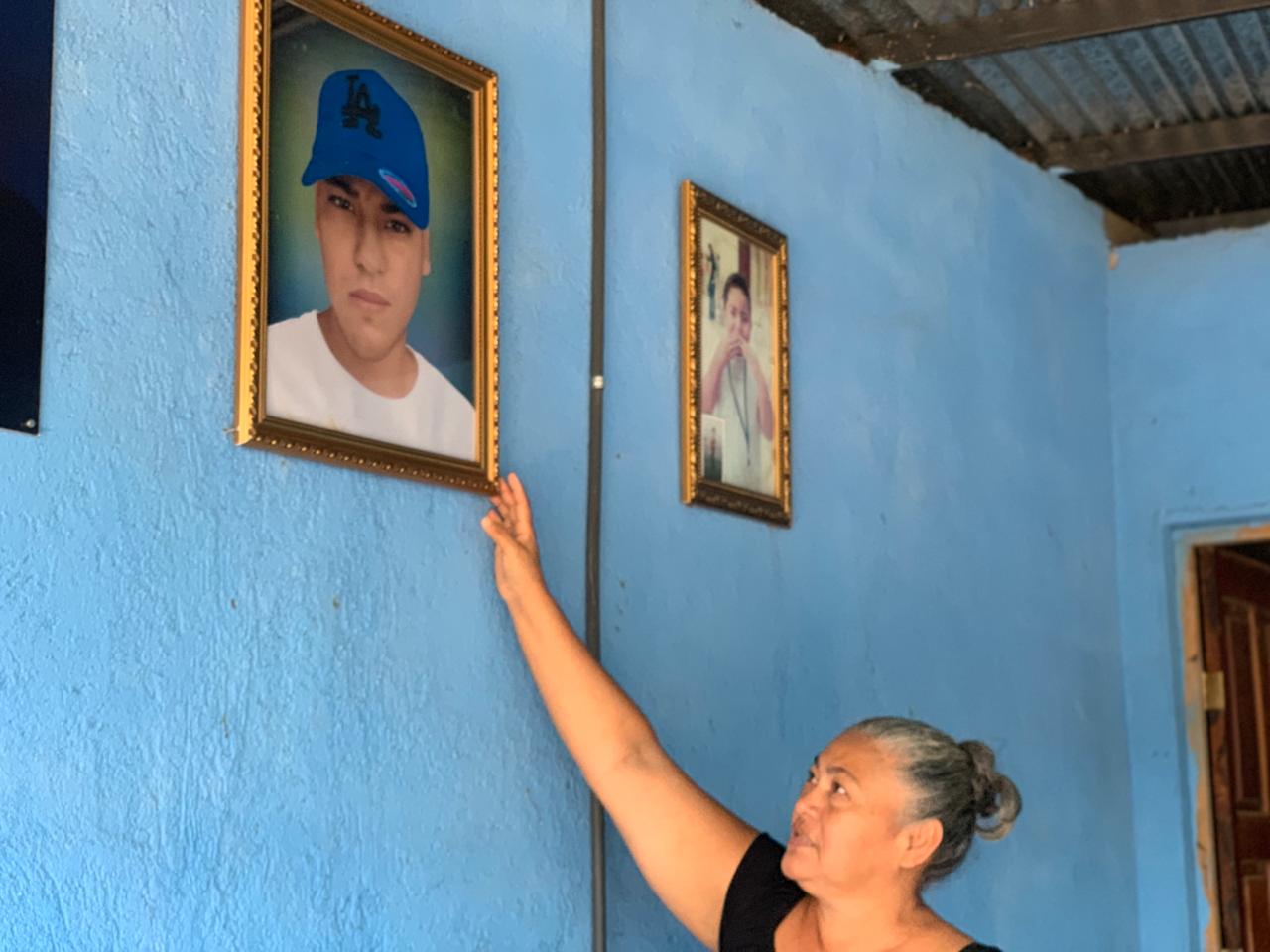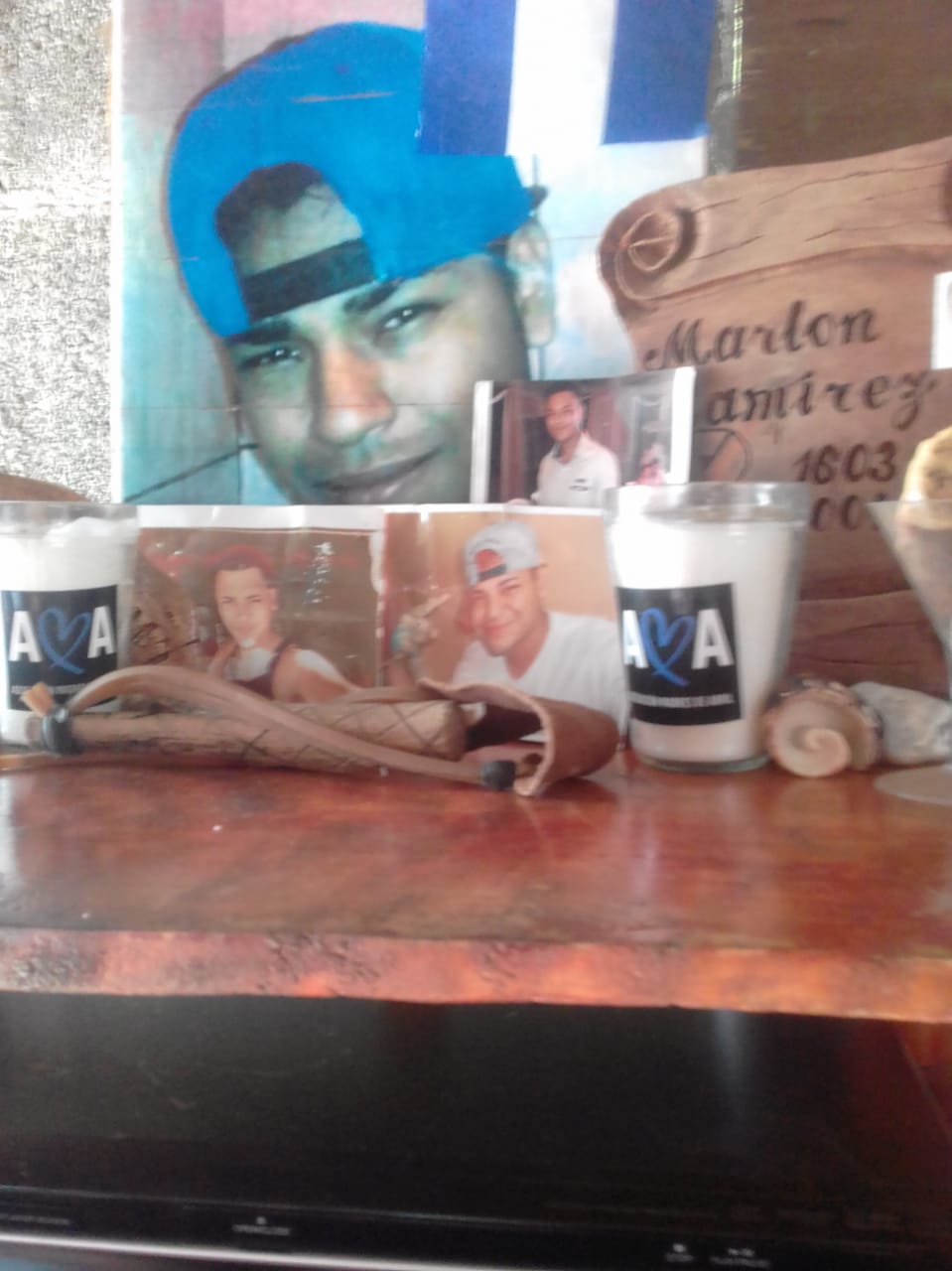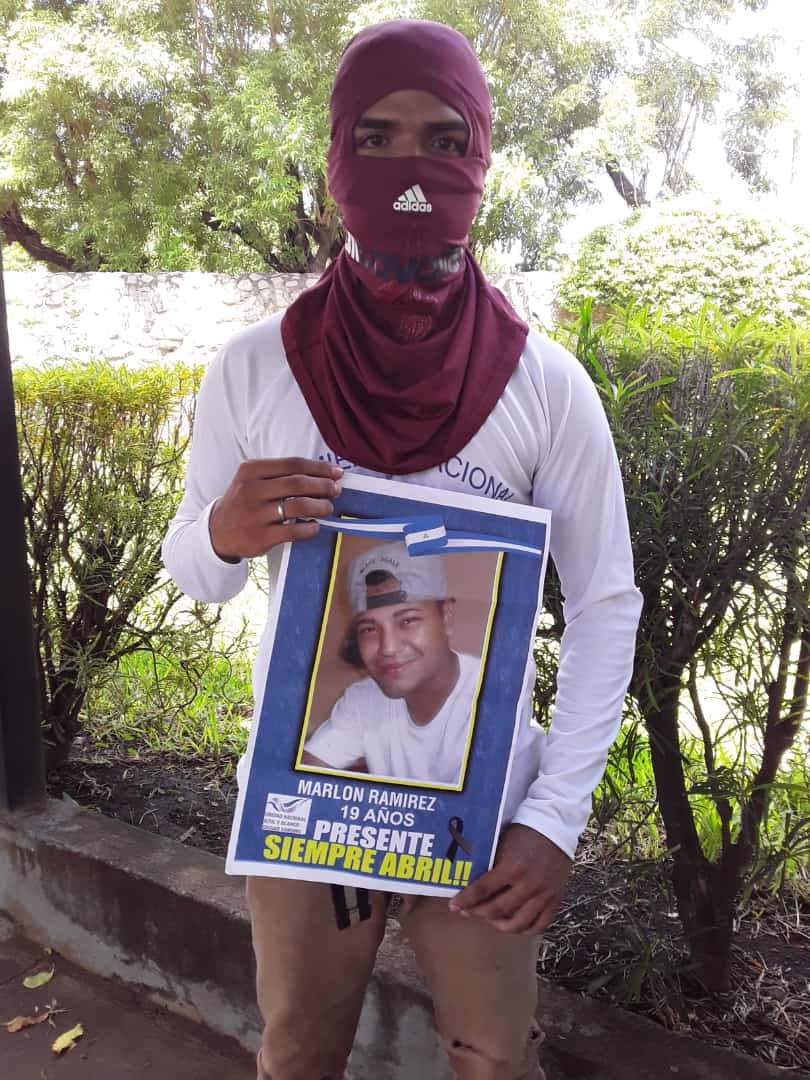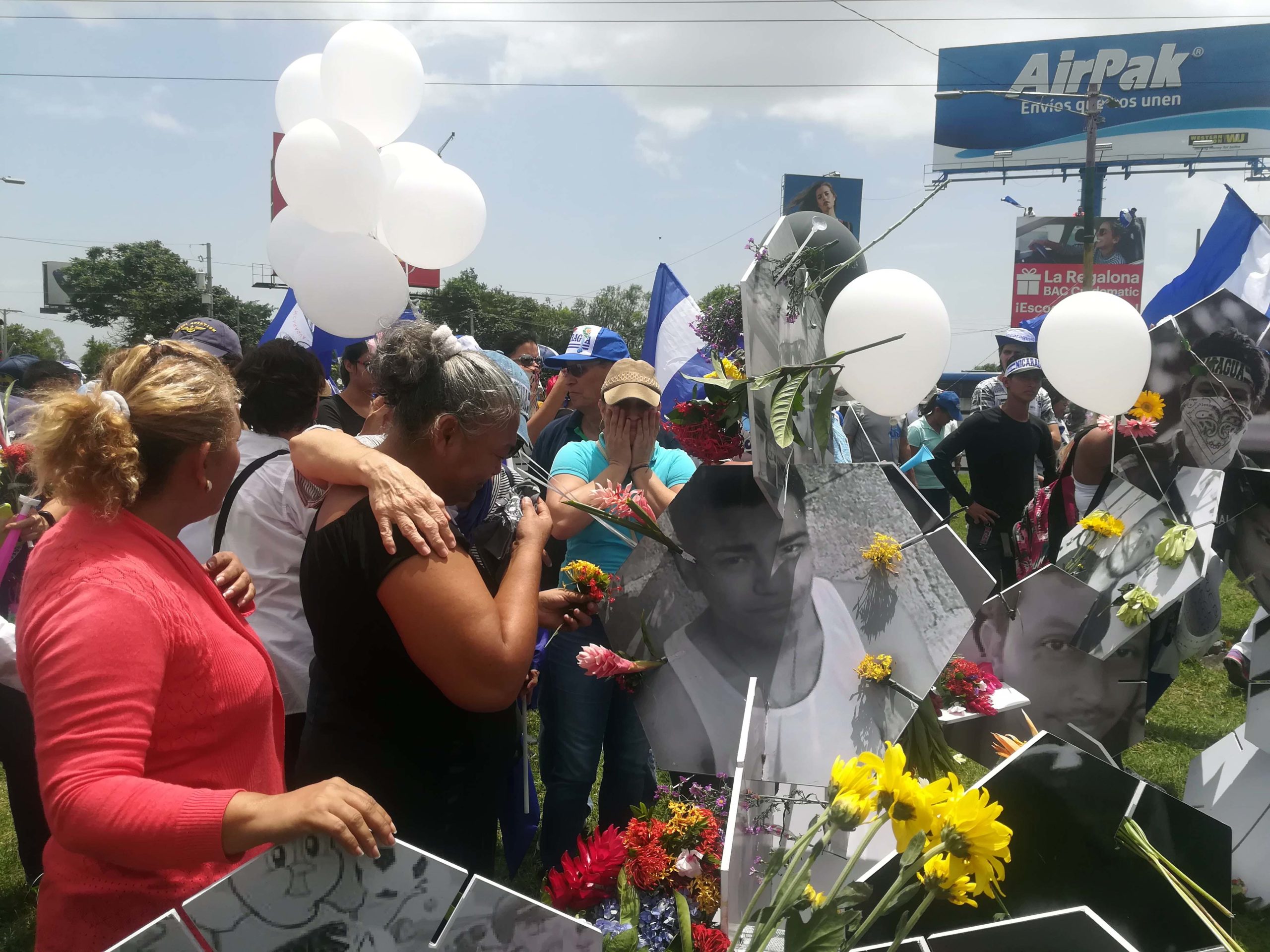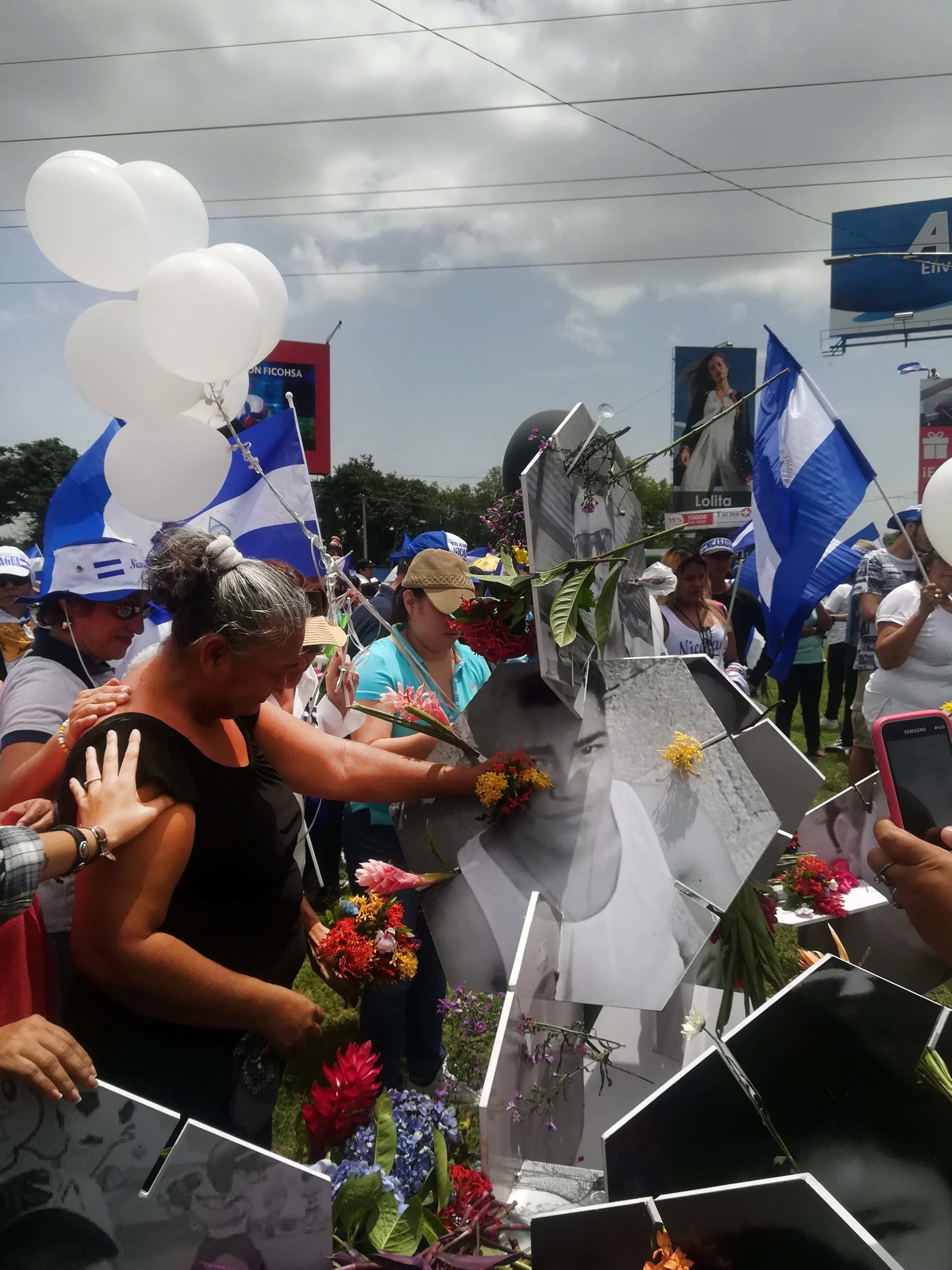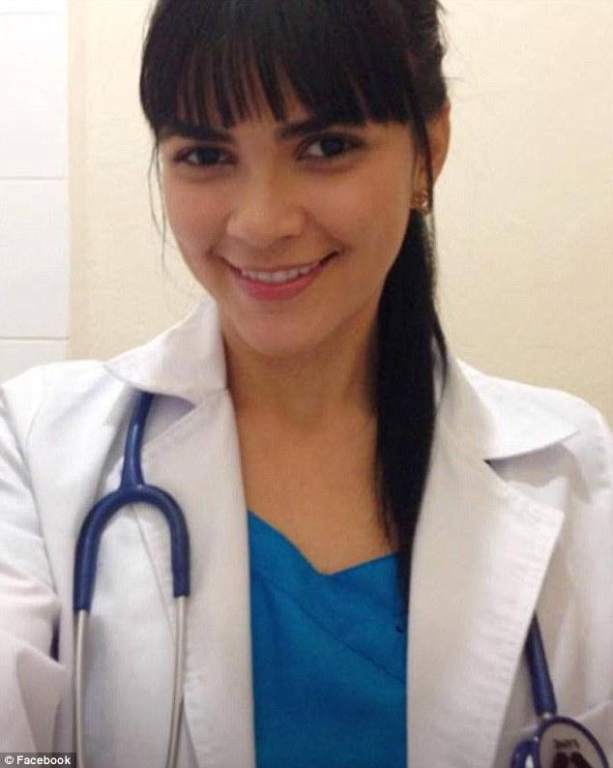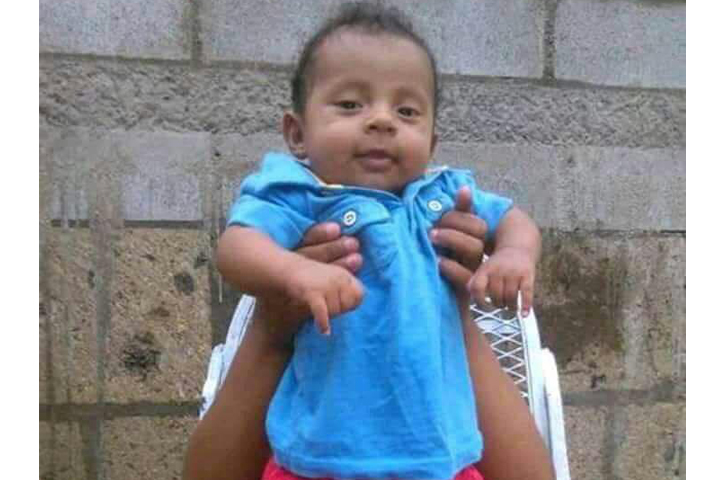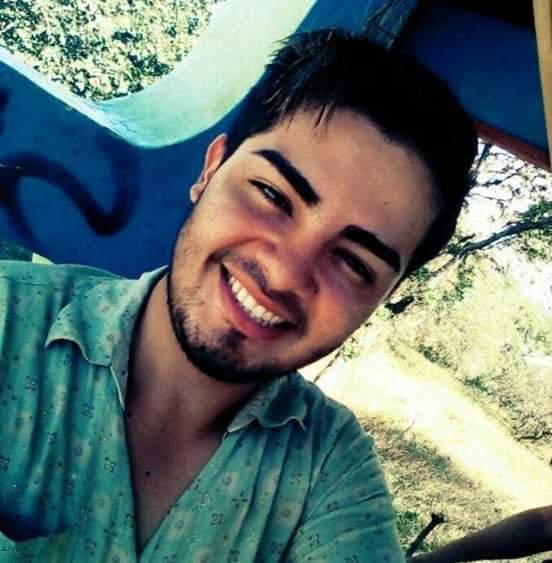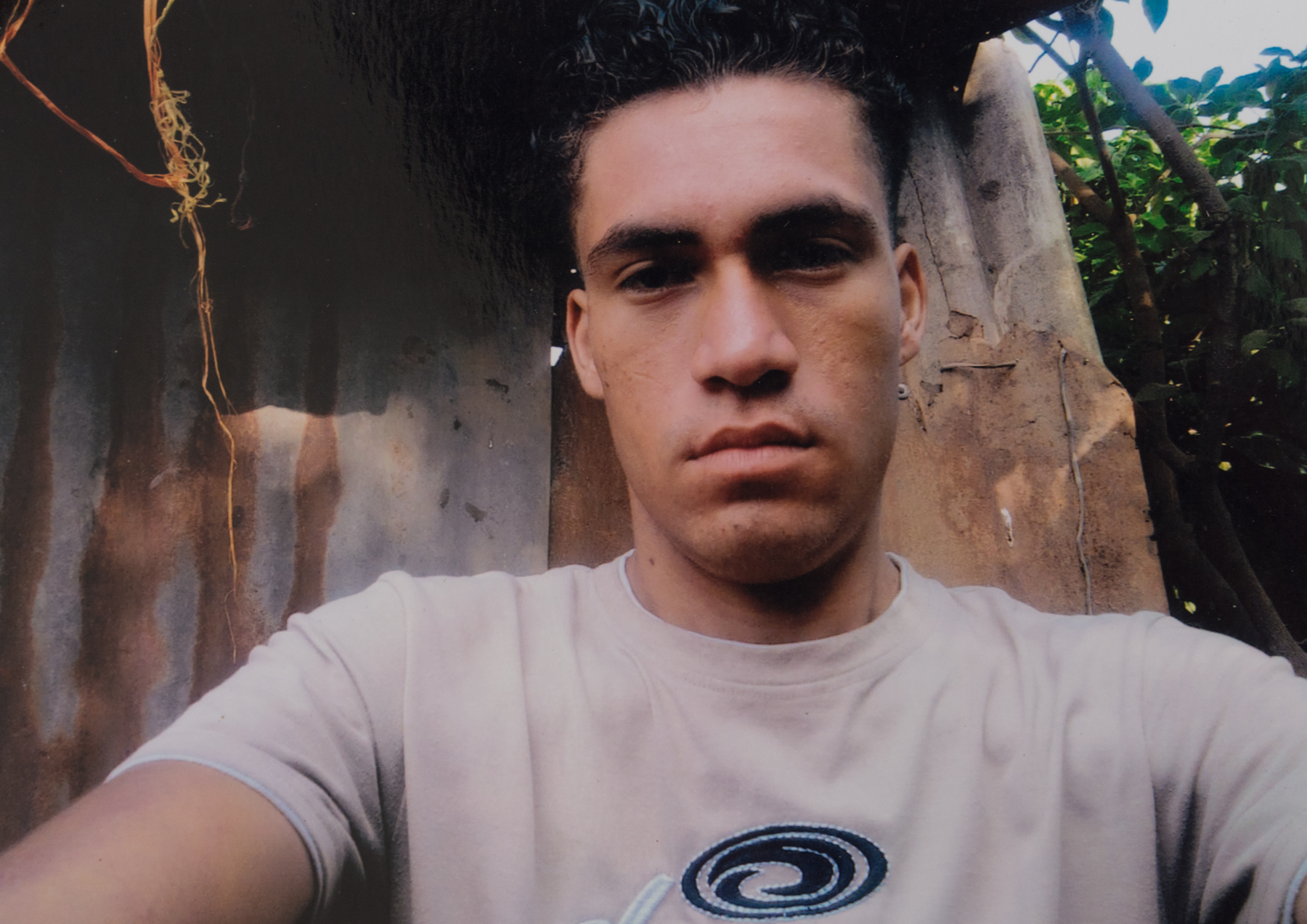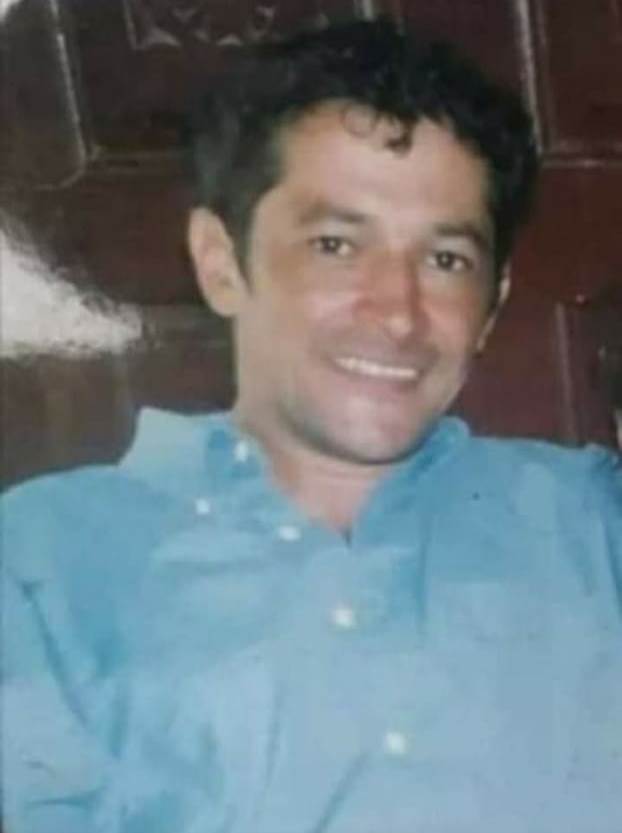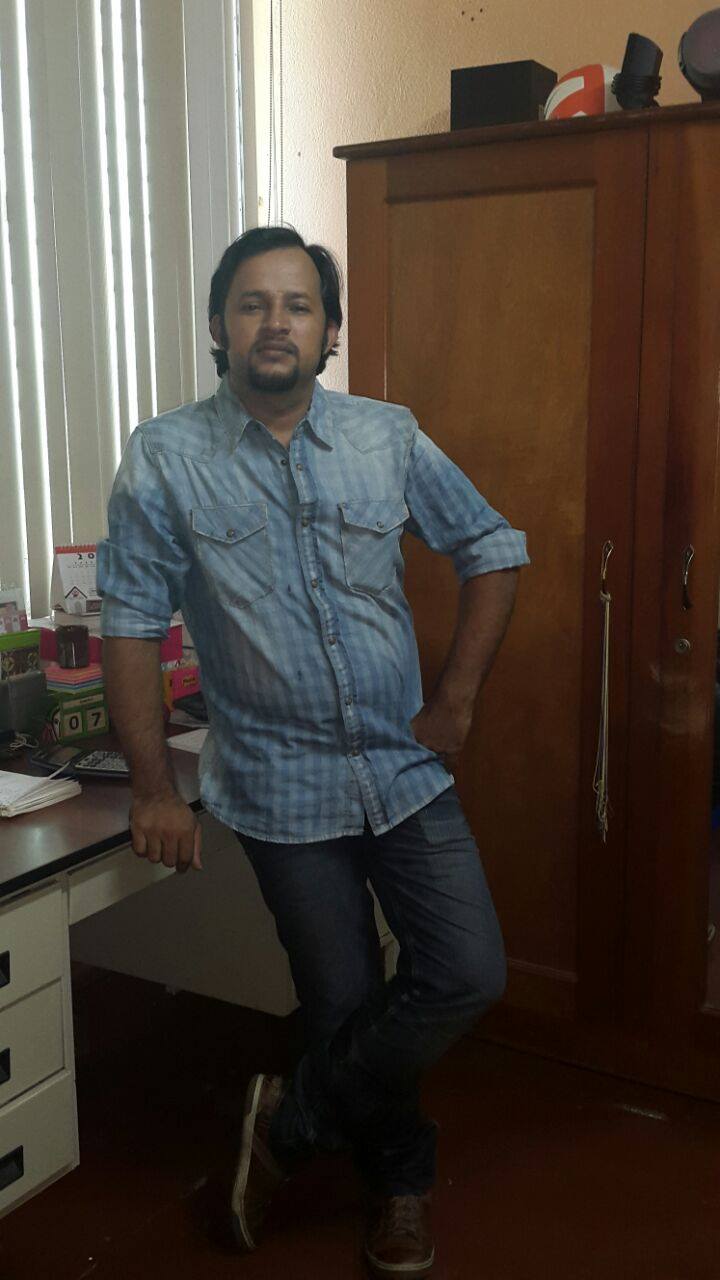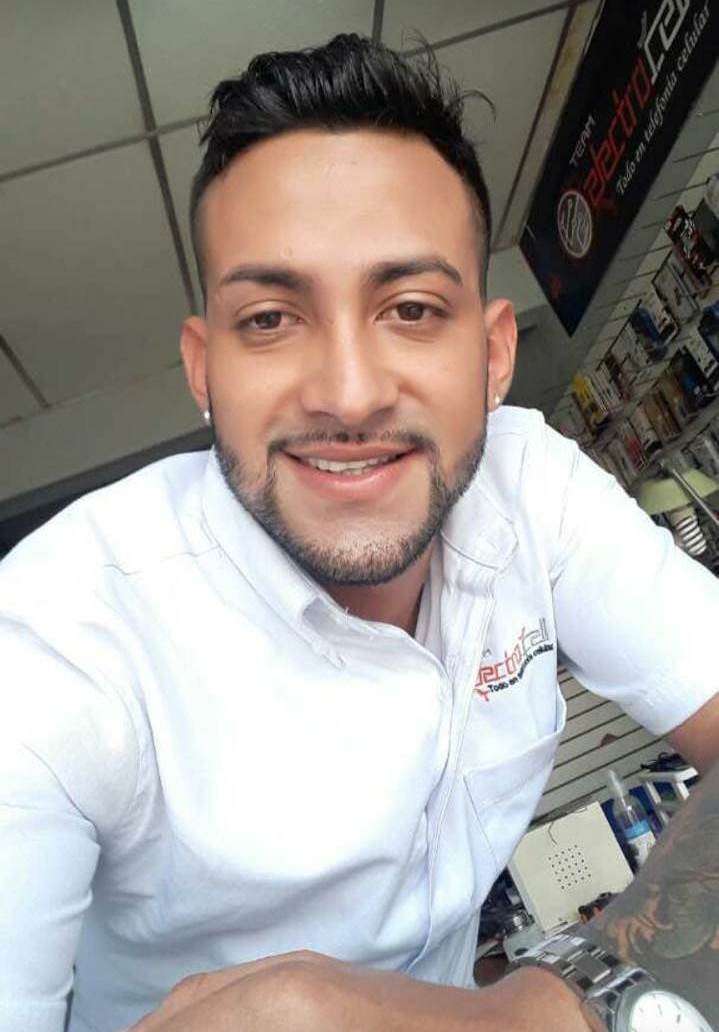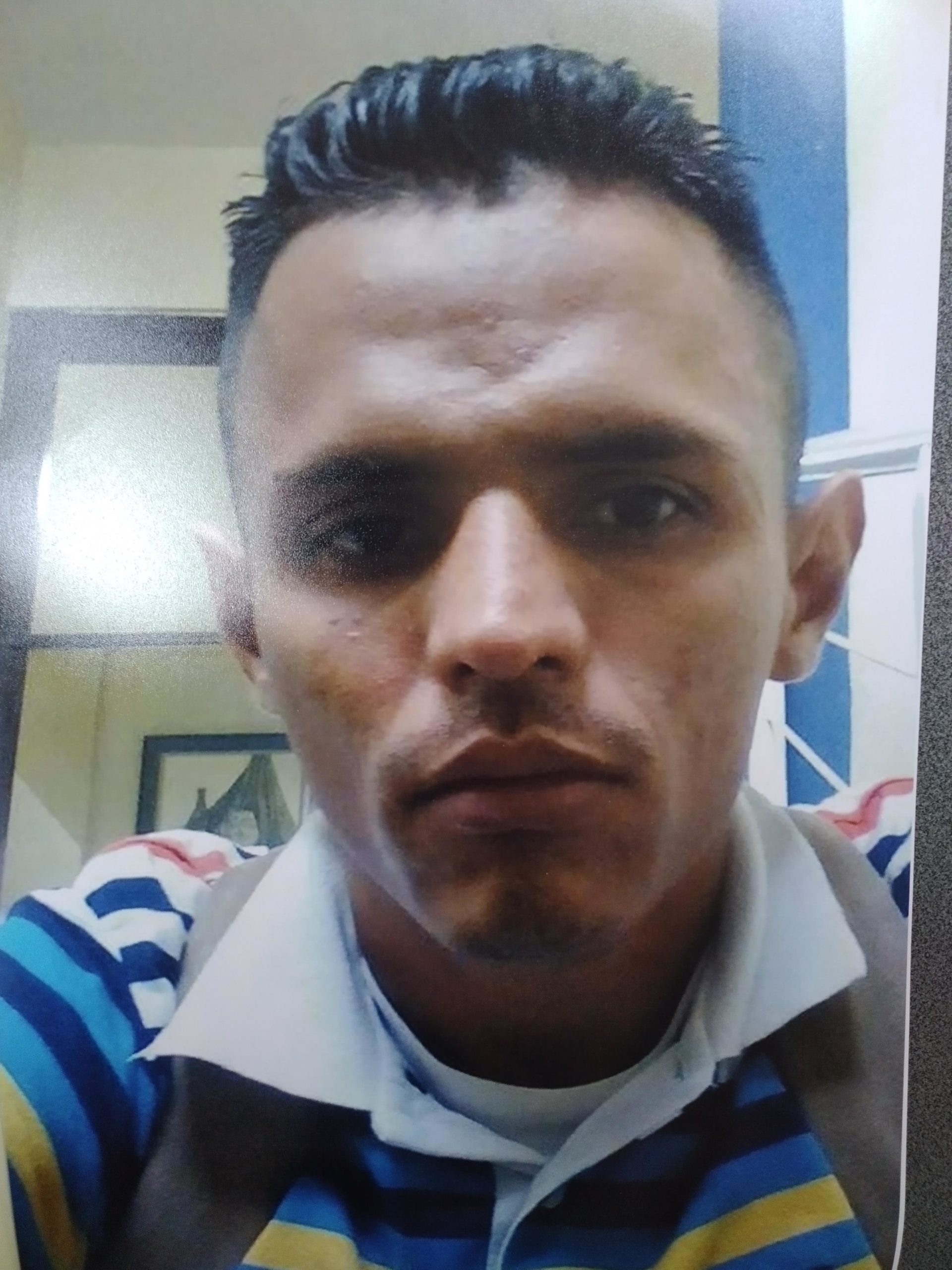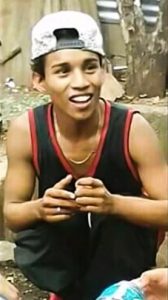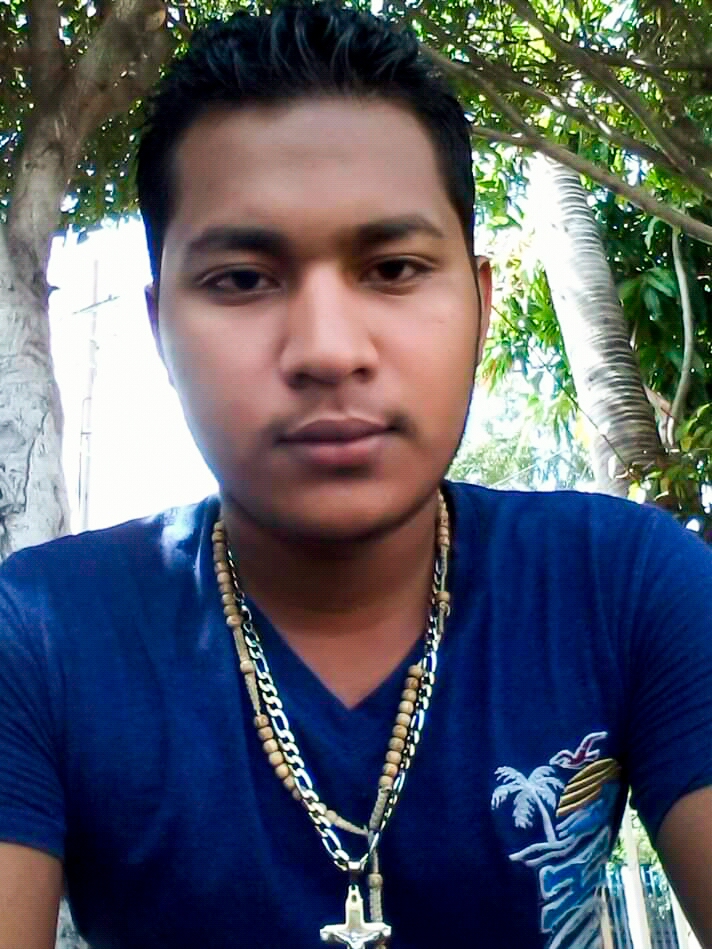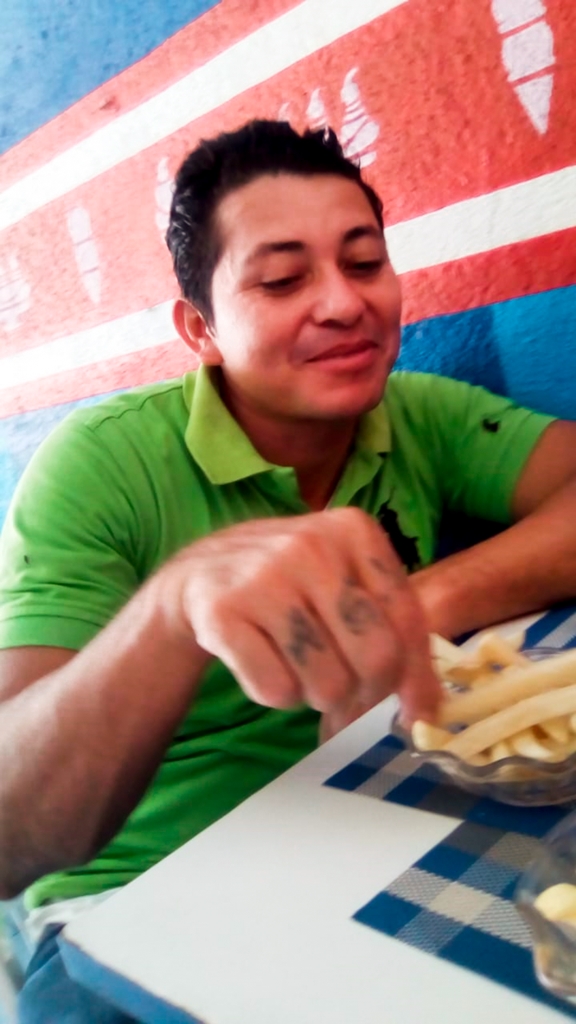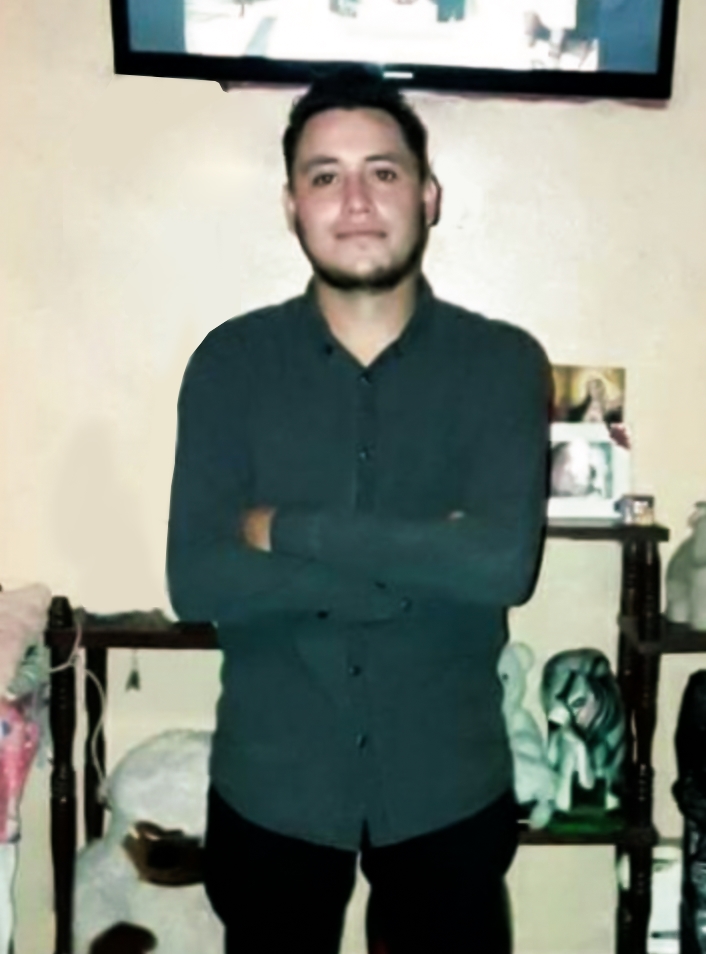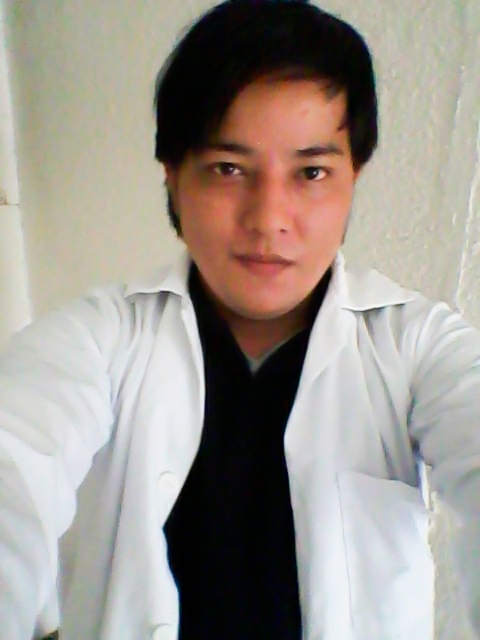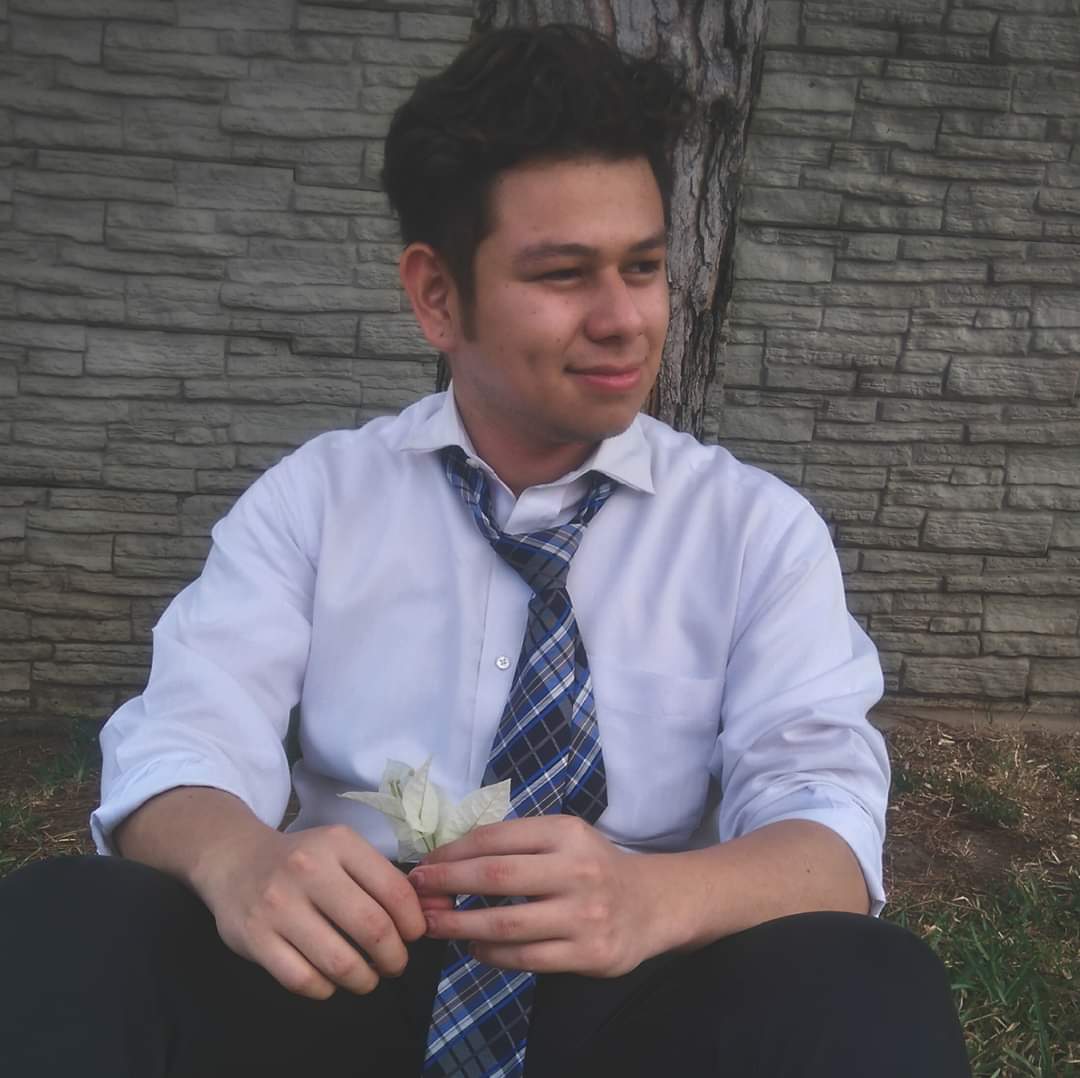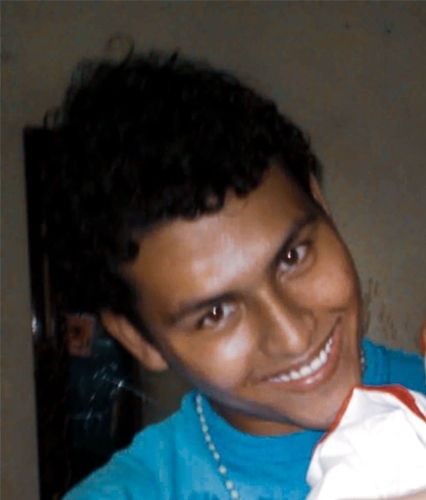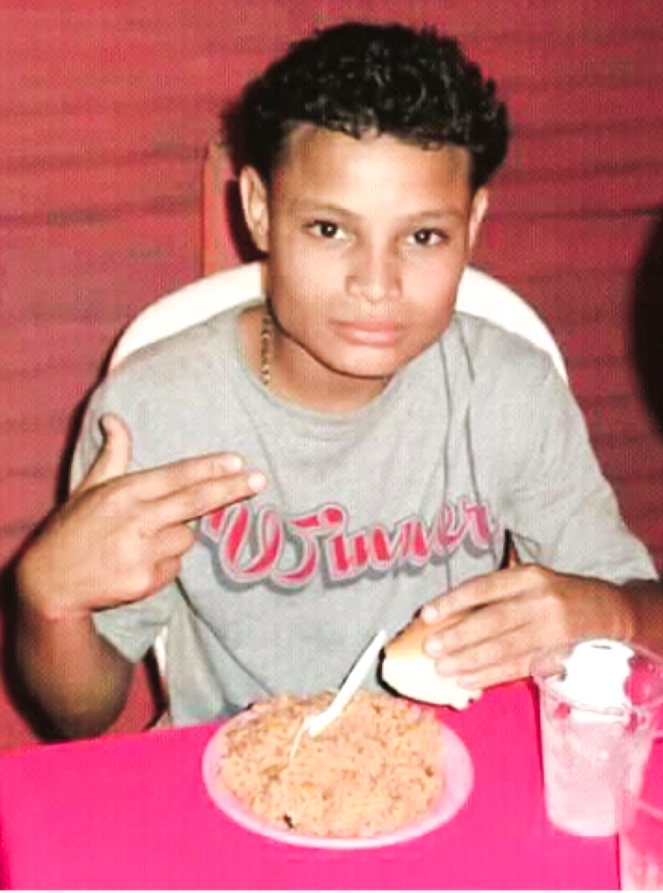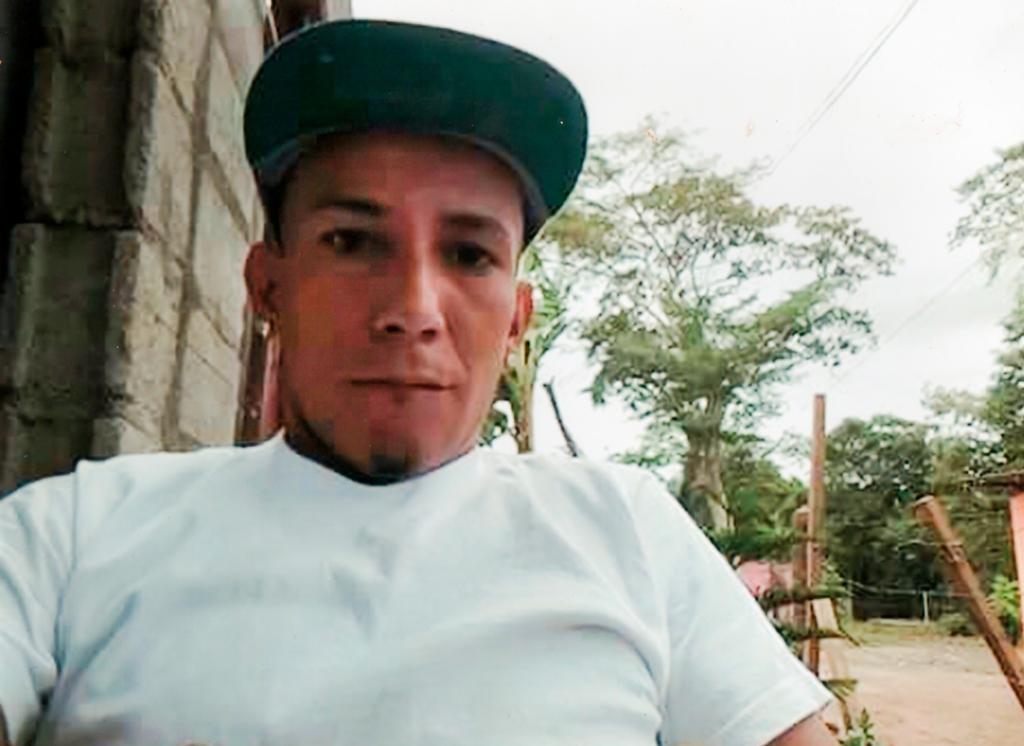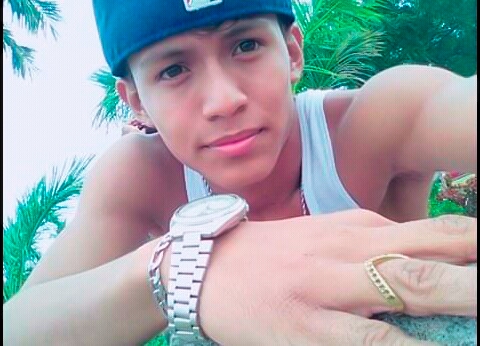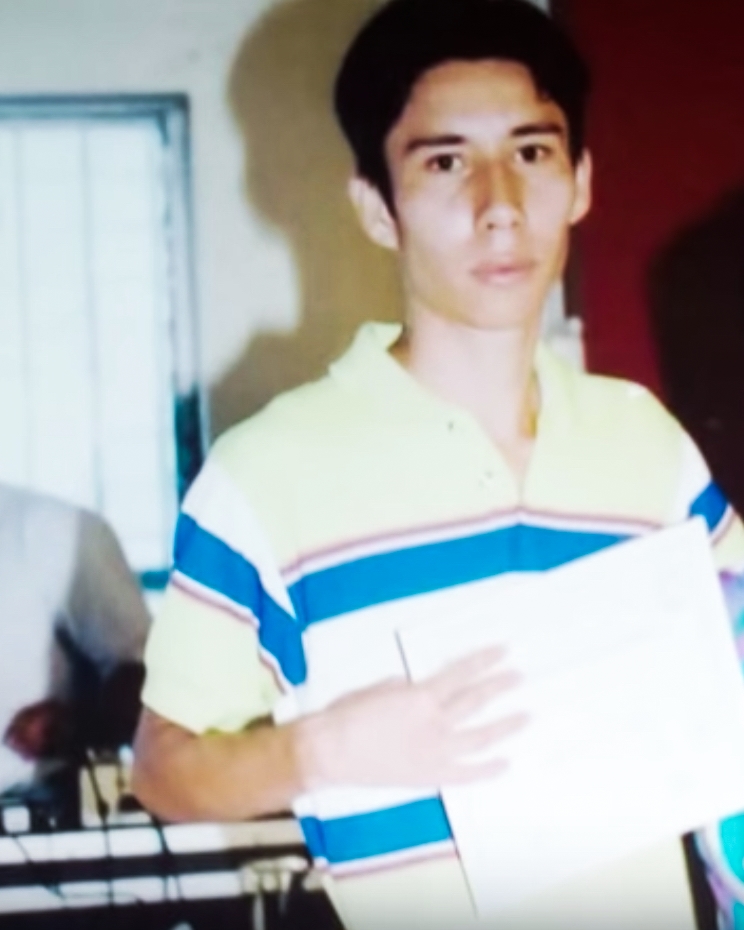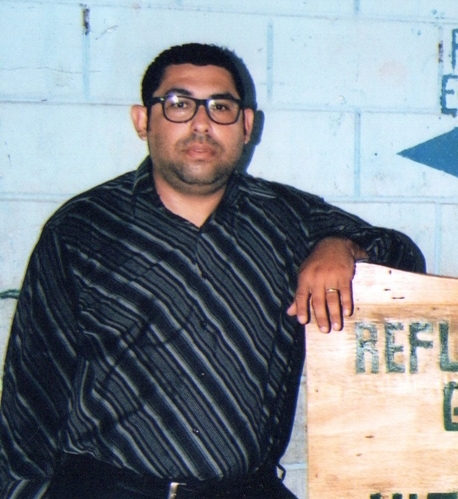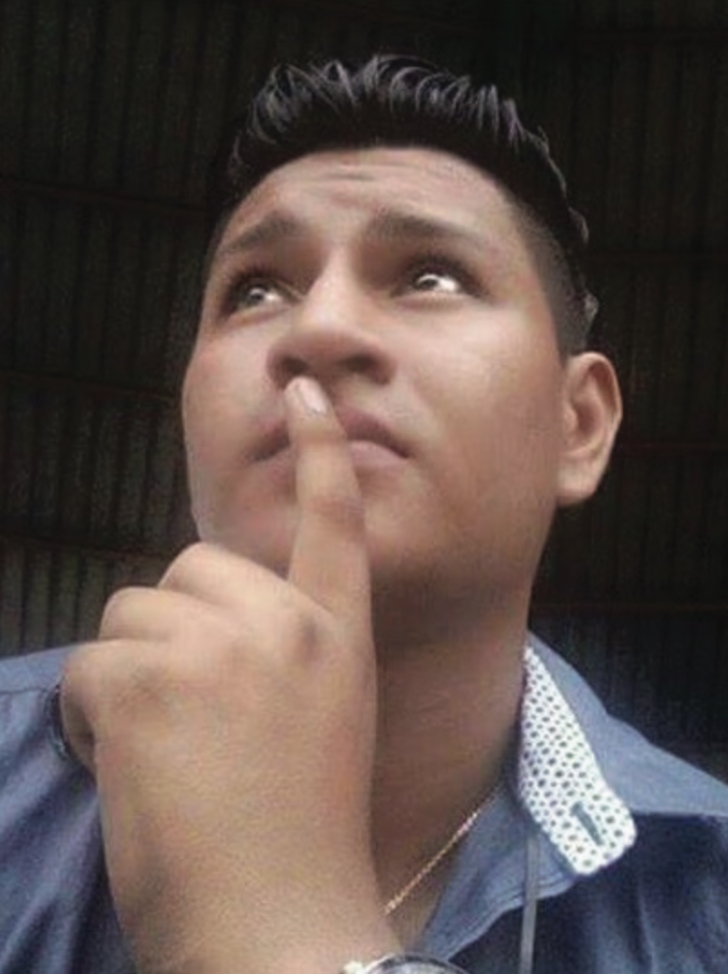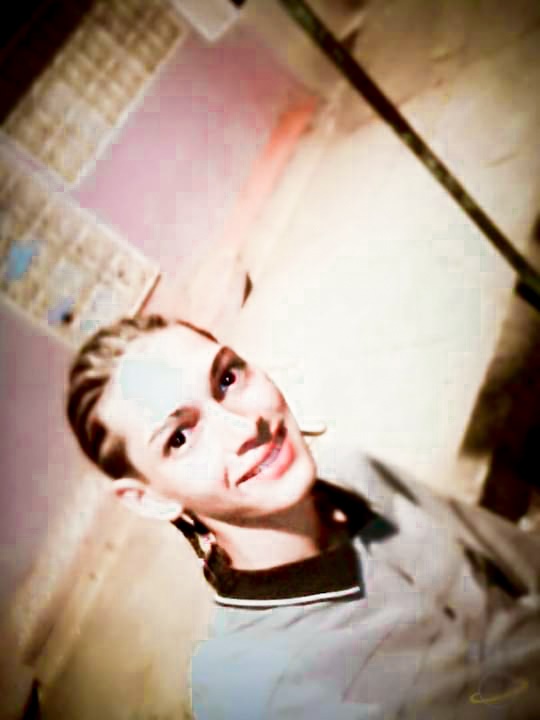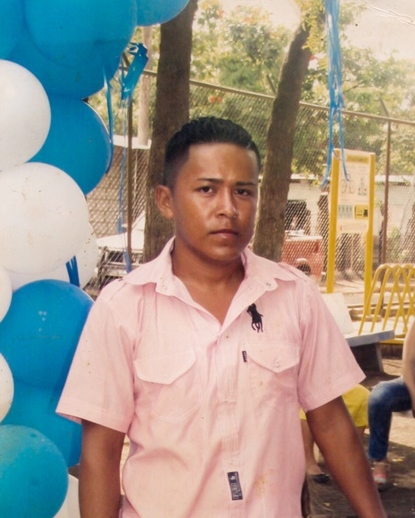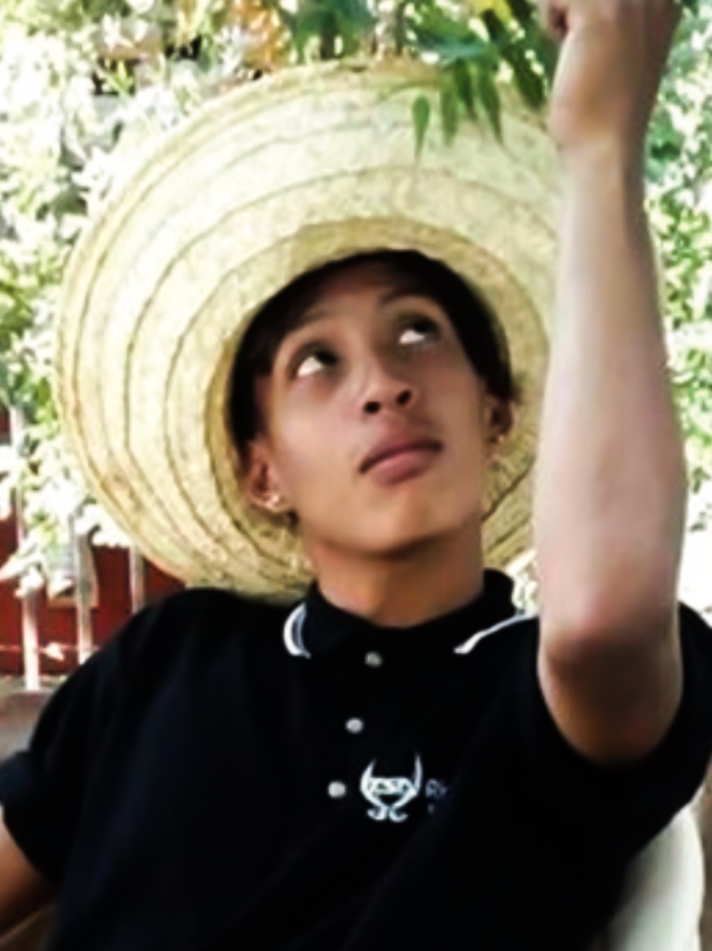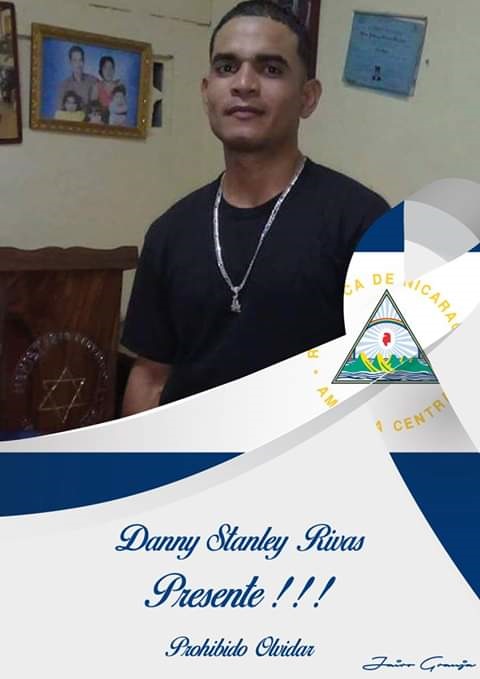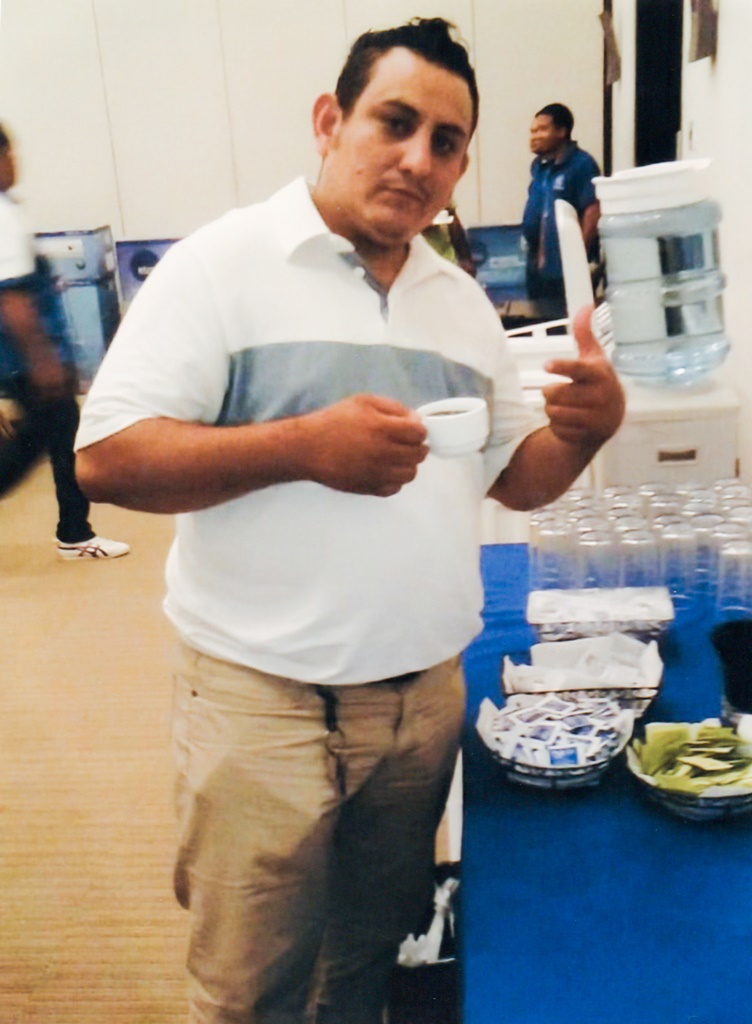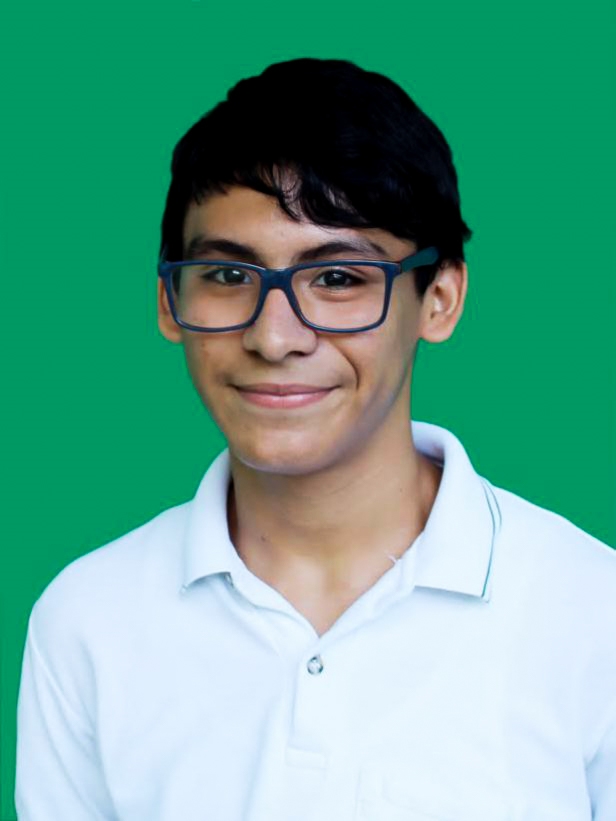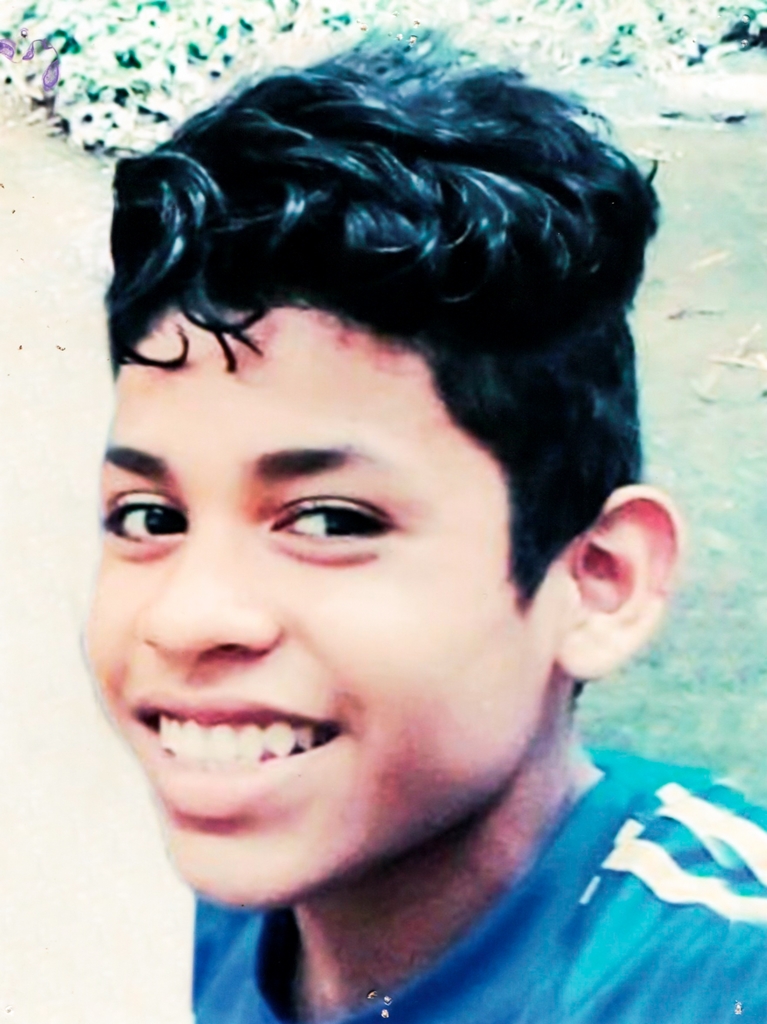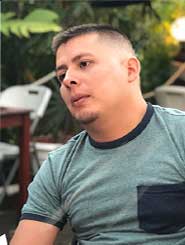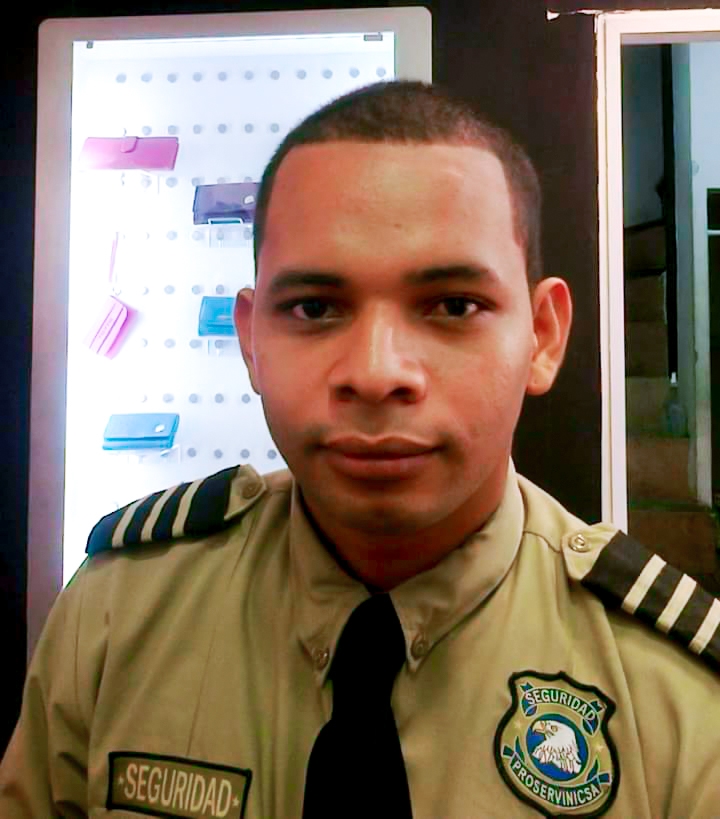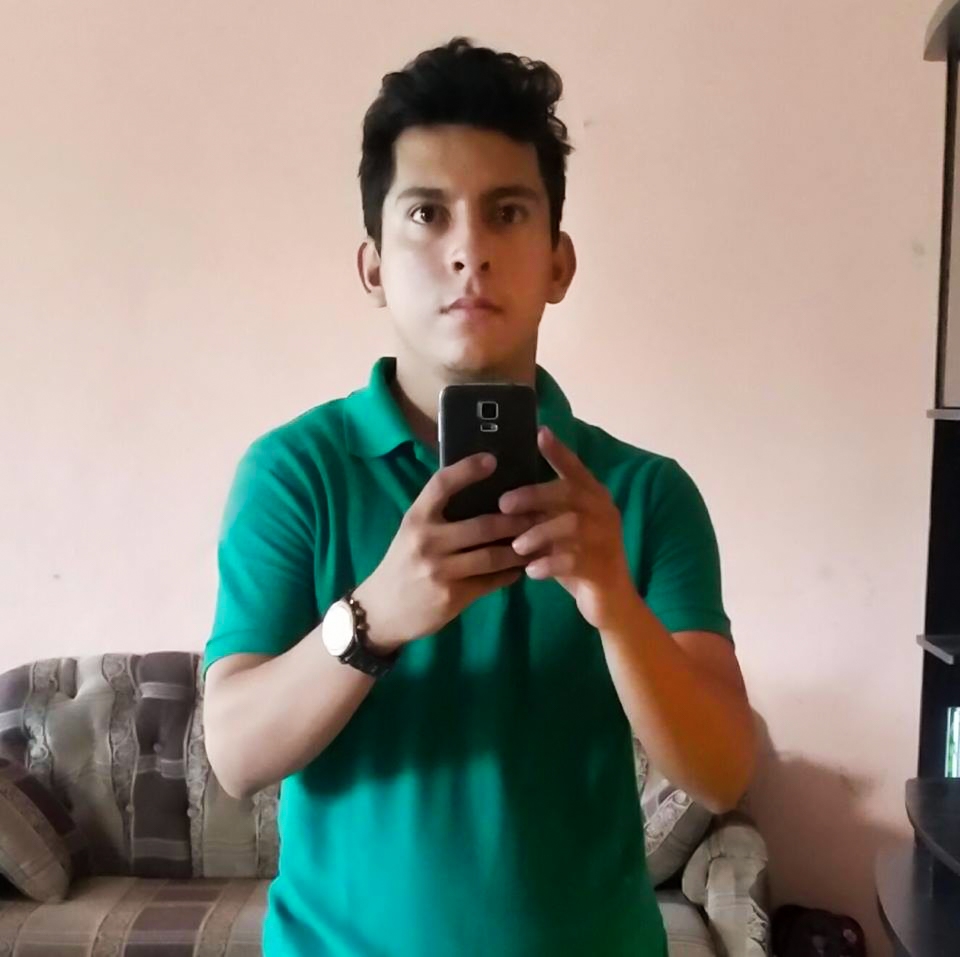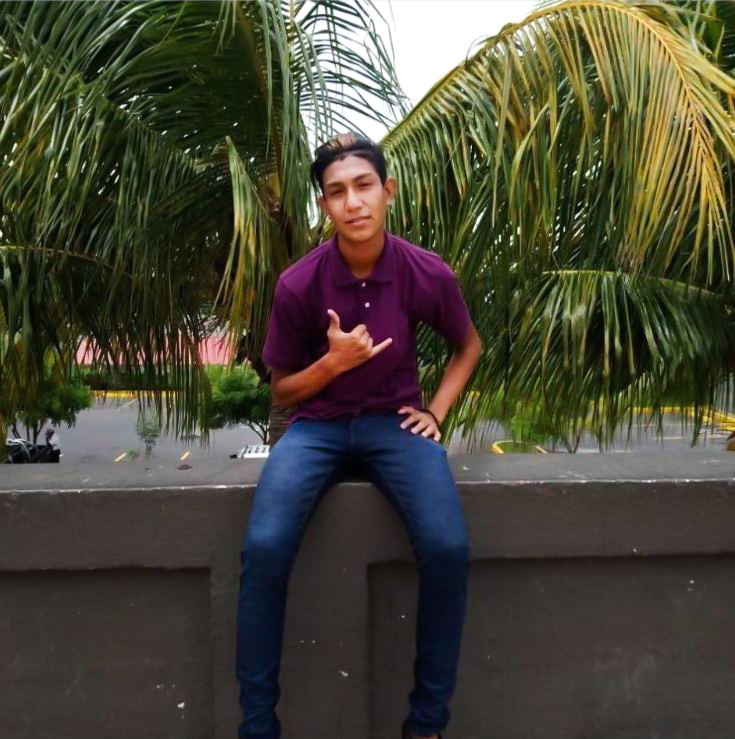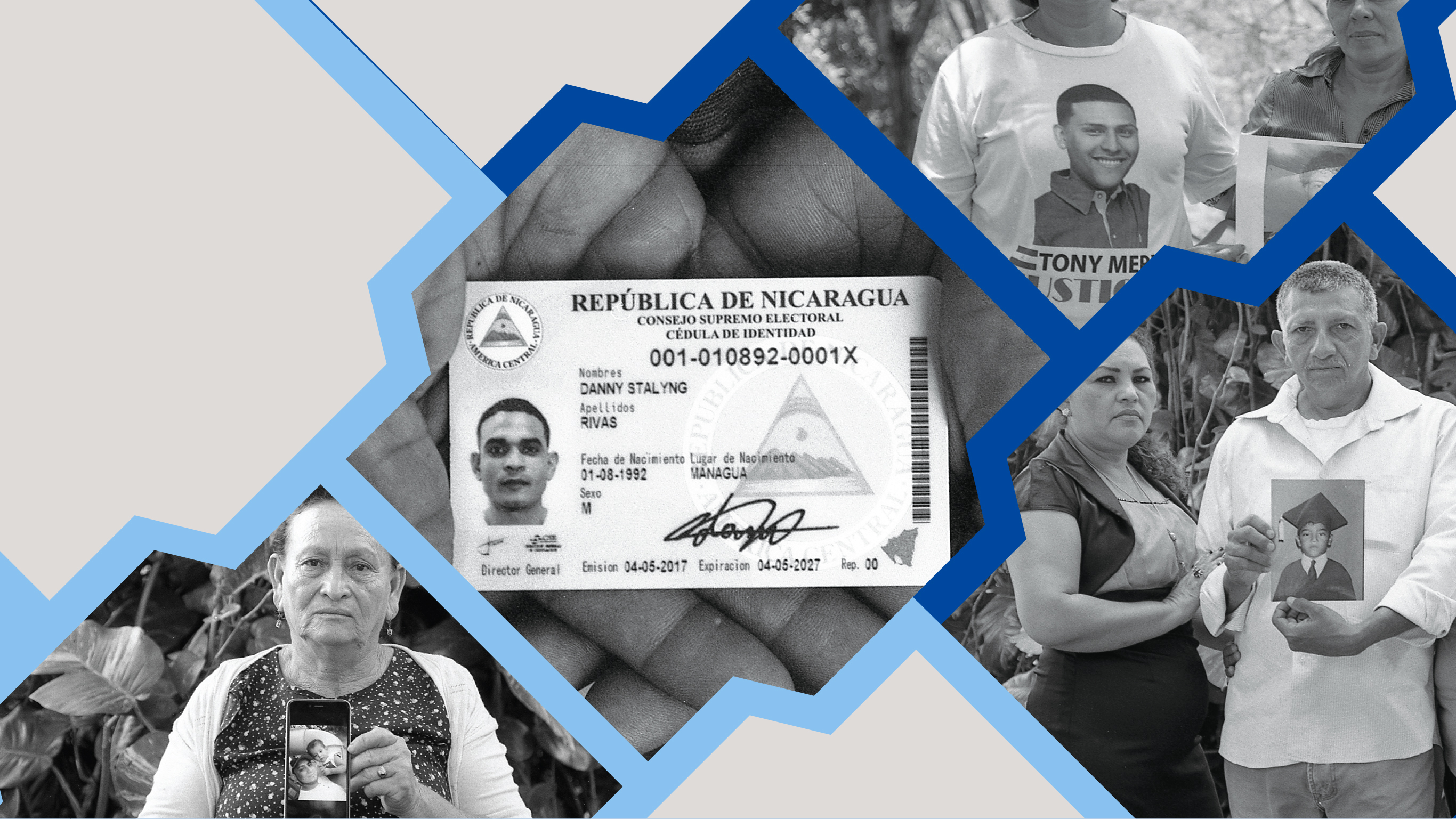
Marlon Manases Martínez Ramírez
“They were courageous young people who made people open their eyes in the face of injustice”
Murdered in Managua on April 20th
Marlon Manases was 20 years old and he was murdered inside the Engineering University where he was barricaded.
He was a young man who was a jokester and very social. He grew up in a large, close-knit family. His family taught him values and how to live in harmony. His two stepbrothers on his father’s side, the children of his aunts on his mother’s side, his younger brother Edgar Gabriel, who is 10, all grew up with him as brothers and sisters in their grandmother’s home. Marlon was in high school in the Shining Light Christian Center in Ciudad Sandino where he lived. He had good grades and played soccer with his school friends.
Juana Adilia Ramírez, his mom, remembers Marlon as “ happy, always telling jokes but he did not want jokes played on him! He was popular and liked getting together with his friends and going out once in a while. He would go to the cyber café to do his homework. He liked to draw and he liked to spend time reading. He read encyclopedias and books about the overthrow of Anastasio Somoza because he was very interested in history and he looked for information on the Internet about how protests against the dictatorship in the past were conducted. His dream was to study and be someone in society, help his family and build a house because he also like to paint and to build.”
His dad, Edgar Domingo Martínez Dávila, explains that Marlon wanted to be a policeman and he coincides with Marlon’s mom about his son’s ability to draw and especially sketch people’s faces. He worked as an assistant in construction projects. He learned carpentry and worked in Bluefields for more than a year.
Darling del Socorro and Carolina de los Ángeles Ramírez Ayerdis, Marlon’s aunts, remember how he grew up in their home. He studied and worked in carpentry. He liked to draw and his last drawing was of his mother’s face. He was happy, friendly and he helped people in need. He wanted to go to the university.”
Marlon had just recently returned to Managua when the protests began. “On April 18th we saw elderly people being beaten, an older woman with a wound in her head. These images influenced his thinking. He said that it was the young people’s responsibility to defend the elderly,” recalls his dad. For this reason he went to the protest with his cousins from Ciudad Sandino. “We, the youth of this country, must support the older people in their demands,” he said to his mother and grandmother who were trying to persuade him not to go.
It was one of his cousins who alerted the family that Marlon was injured. He received a bullet to the head as he participated in protests in the northern sector of the Engineering University (UNI). The students tried to help him but they couldn’t, so they took him to the emergency room of the Velez Páiz Hospital. He was later moved to the Lenin Fonseca Hospital, where he died at 8:30pm.
Don Edgard says that the family looked for him in different hospitals until they finally found him. “The Lenin Fonseca Hospital was utter chaos. Ambulances were dropping off the wounded and the hospital closed the doors to the family members. From outside, the families could hear the cries of the wounded,” he recalled. The parents asked the guard if they could go in to see a young man who was wounded and did not have any identification on him. When they went in the guard told him that the injured young man with no identification had died and was now in the morgue. “They did not help him as they should have. They let him die,” said his mother.
“The government flatly negated what happened and accused the young people of being terrorists, when the reality was that the young people worked hard so that those reforms would have an impact on their own parents,” says Marlon’s dad, who could not hide his pain and indignation.
Marlon’s aunt Carolina calls for punishment of those responsible. “We want justice. Those who shot people should pay for their crimes. We want this government out. It was the police who killed him. Even though the government negates the fact, there were people murdered and my nephew was one of them. The young people had slingshots, while the police were armed. These young people were courageous and they made people open their eyes to the injustices,” she underscores.
She recalls that all of her relatives were Sandinistas and they supported the revolution in the 1980s. During my youth, I was a member of the Sandinista Youth but they were not like these murderers. I always took my nephew to the Sandinista marches and festivals. No one betrayed Daniel Ortega. He betrayed us in a cowardly way. He told us that no mother would have to cry for her child, yet my sister cries for her son. I supported this government since the age of reason but my nephew made us open our eyes and understand who this man really is.”
Facts
On April 20th, 2018 after 4:00pm, members of the National Police and gangs affiliated with the government began repressing the student protest at the Engineering University. Marlon Manases Martínez was in the northern part of the university when armed men entered, firing at the protesters. The young man received a bullet to the head that provoked severe brain damage. His evacuation was difficult, given that the police and paramilitary forces in the area didn’t allow ambulances to enter the university. Finally Marlon was taken to the Velez Páiz Hospital, and was later transferred to the Lenin Fonseca Hospital where he died.
Juana Ramirez, his mom, had access to audiovisual footage that confirmed that Marlon did not have any weapons in his possession, only a slingshot.
Marlon Manases Martínez se encontraba en el predio norte de la universidad cuando elementos armados entraron disparando a los manifestantes. El joven recibió un balazo en la cabeza que provocó un trauma cráneo-encefálico severo. Su evacuación fue muy difícil debido a que los policías y paramilitares no permitían el ingreso de las ambulancias a la UNI. Finalmente, Marlon fue llevado por particulares al hospital Vélez Páiz pero de ahí fue remitido al Lenín Fonseca, donde falleció.
Juana Ramírez, su mamá, dijo que tuvo acceso a registros audiovisuales que demuestran que Marlon no portaba armas y que sólo tenía en su poder una hulera.
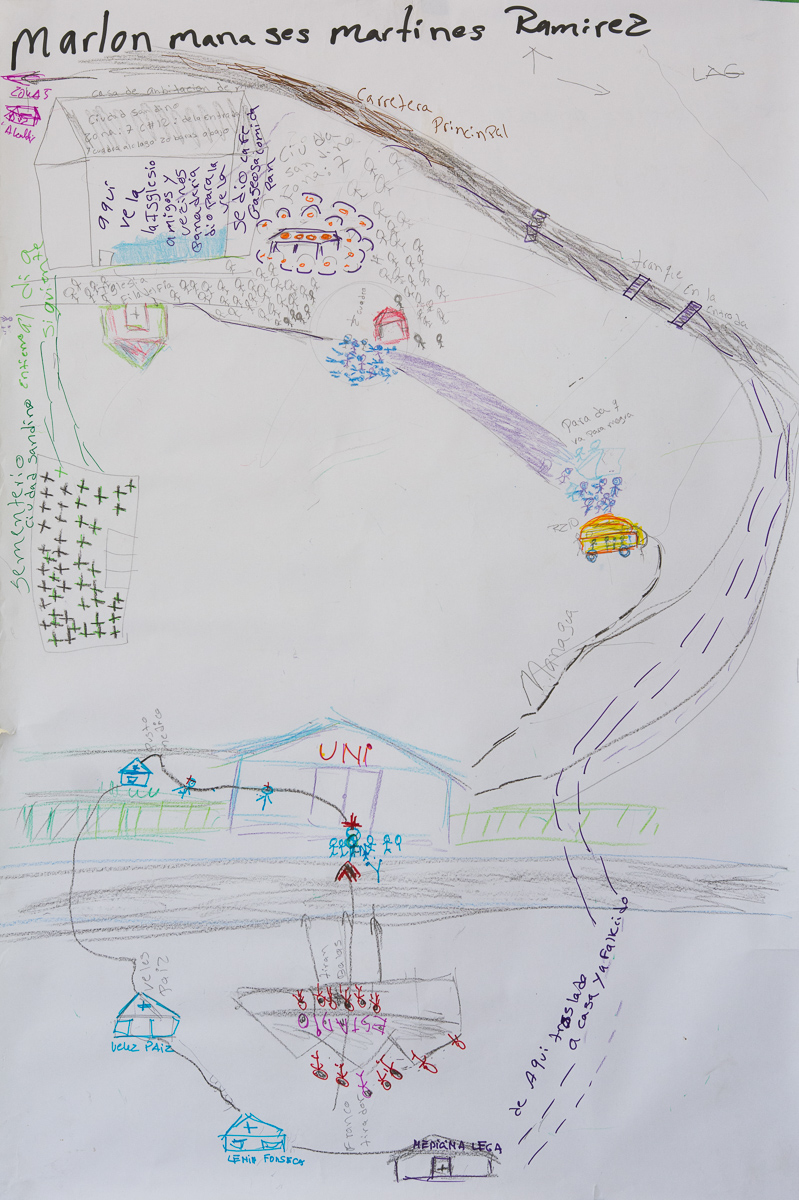
"Desde que crecí y tengo uso de razón siempre apoyé a este gobierno, pero mi sobrino nos hizo abrir los ojos y ver quién es este hombre en verdad”.
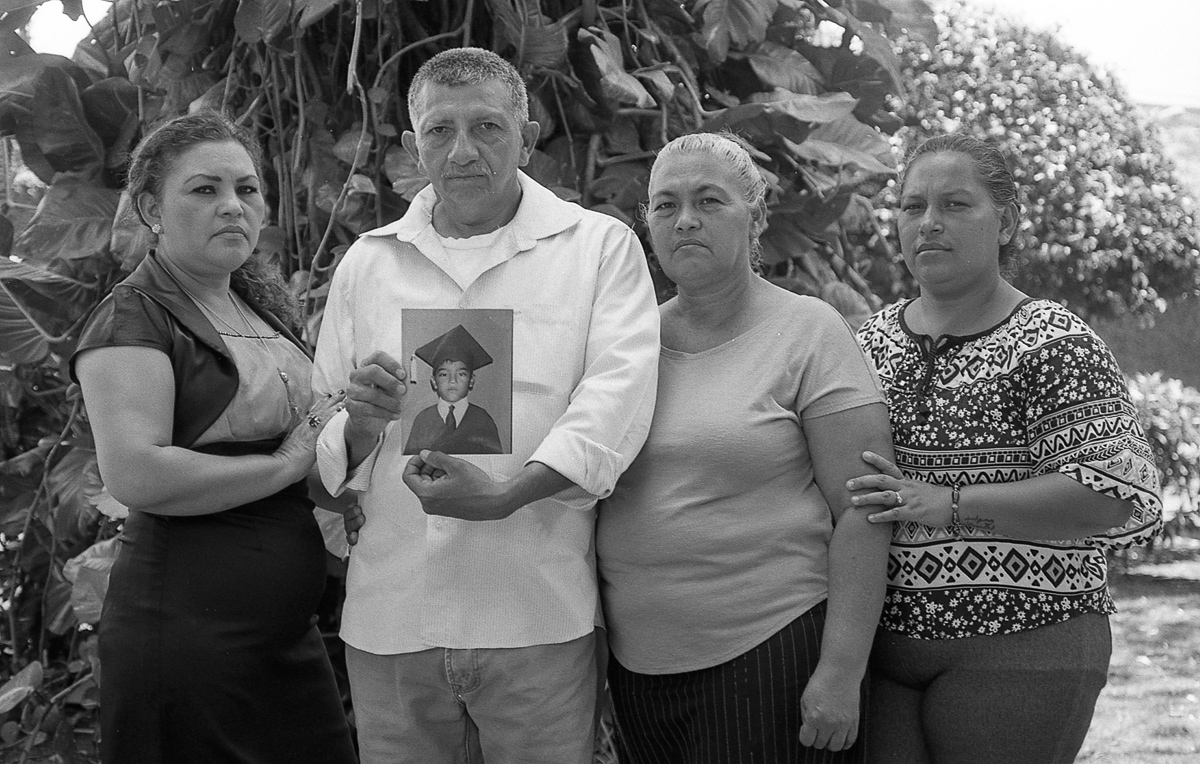
Memory
Managua
Show more profiles
